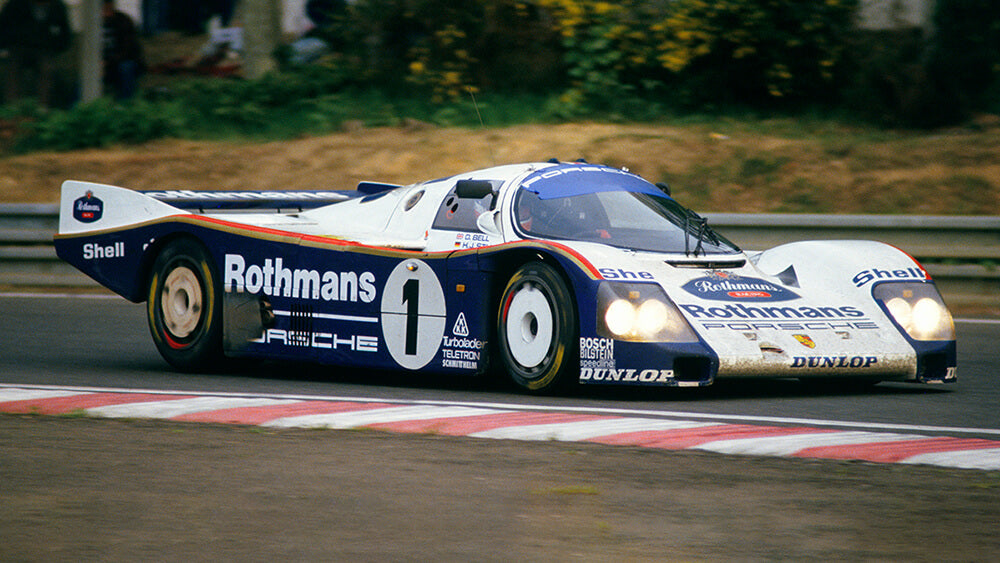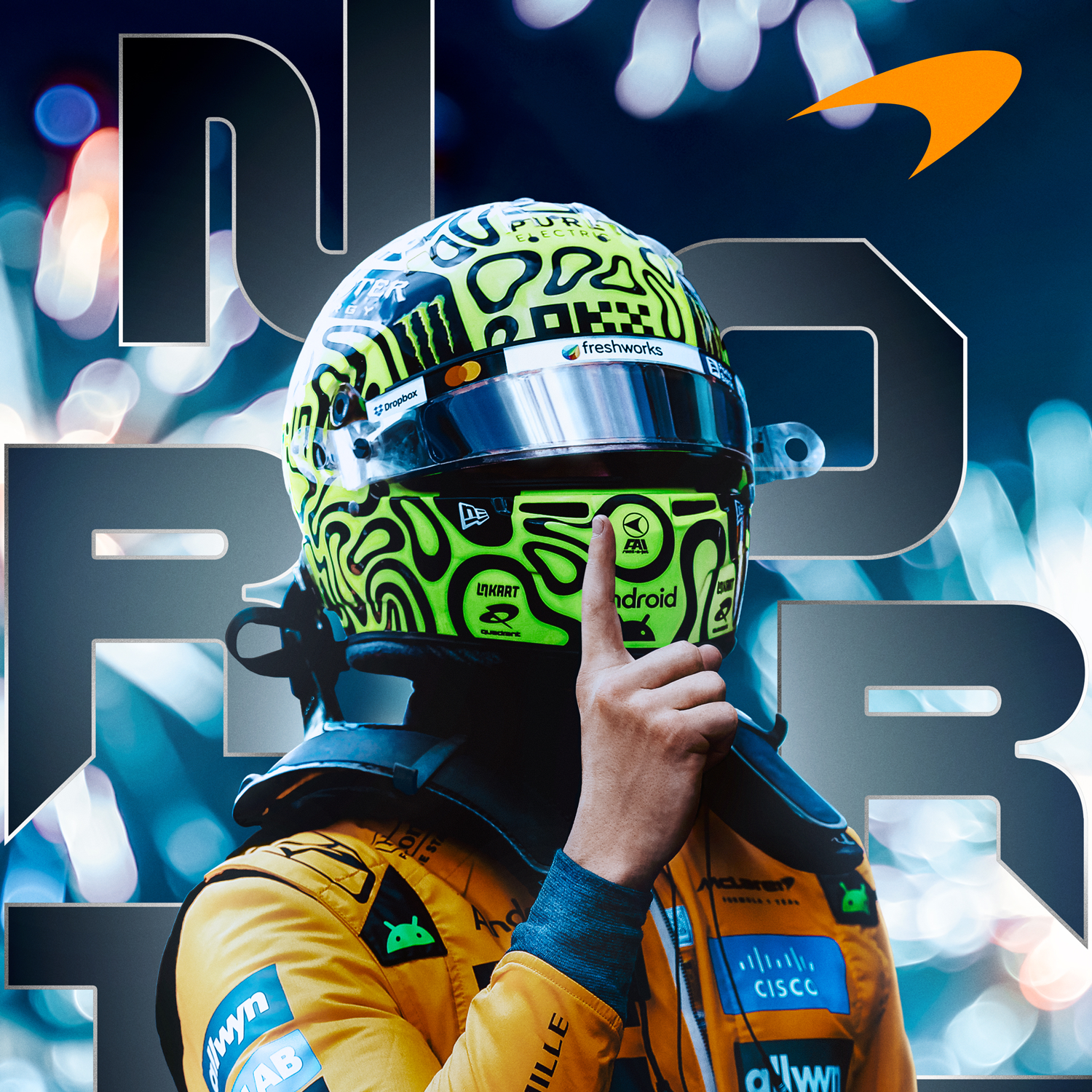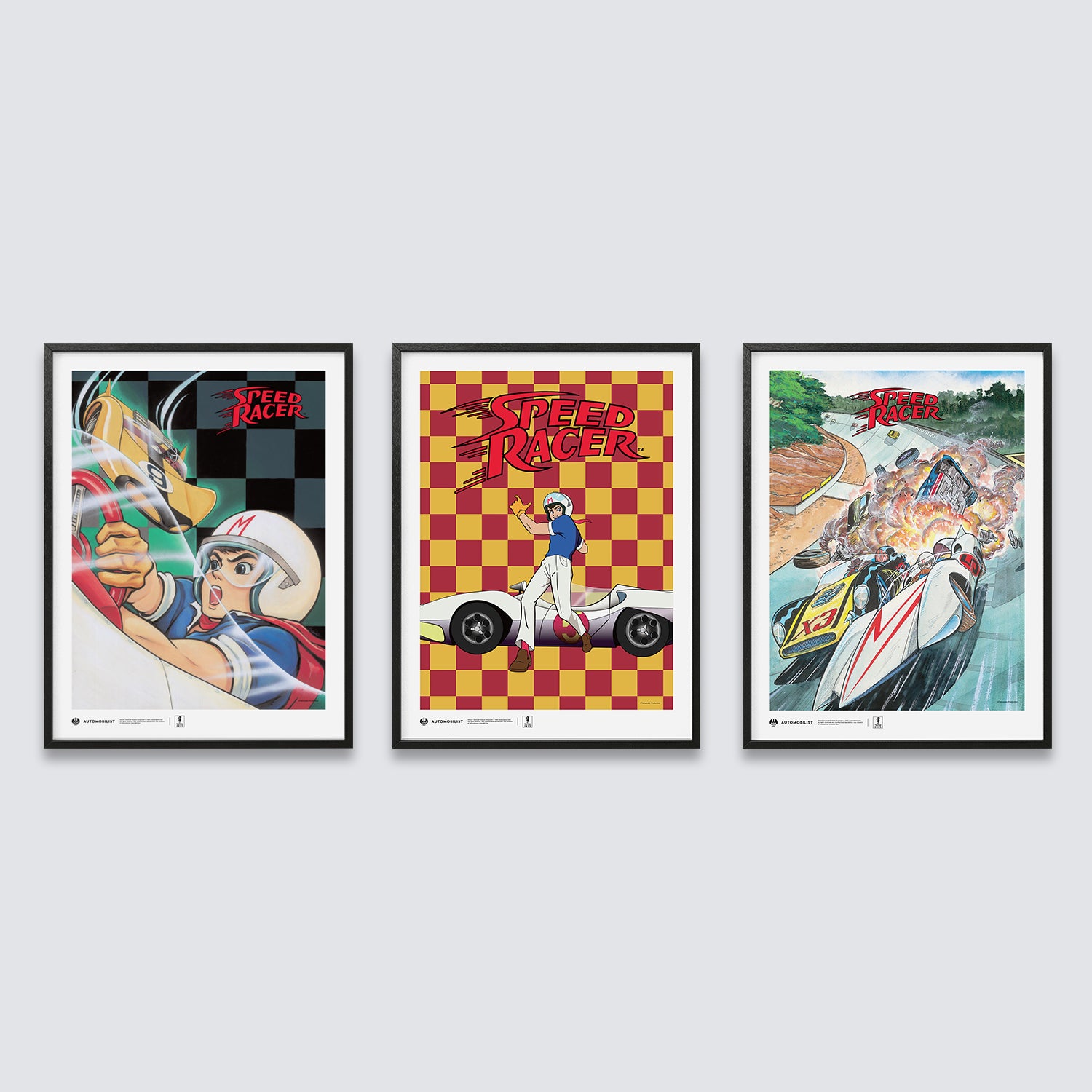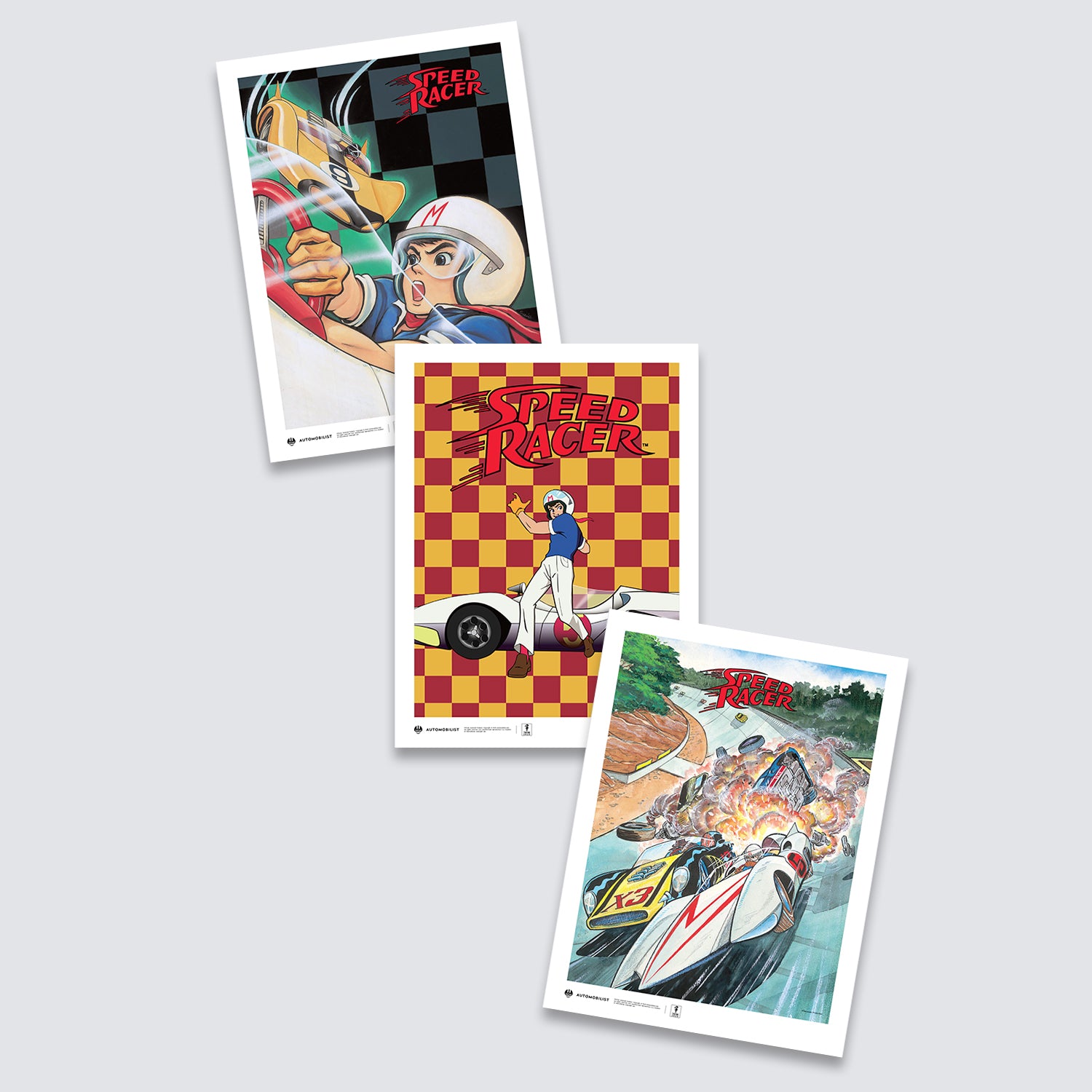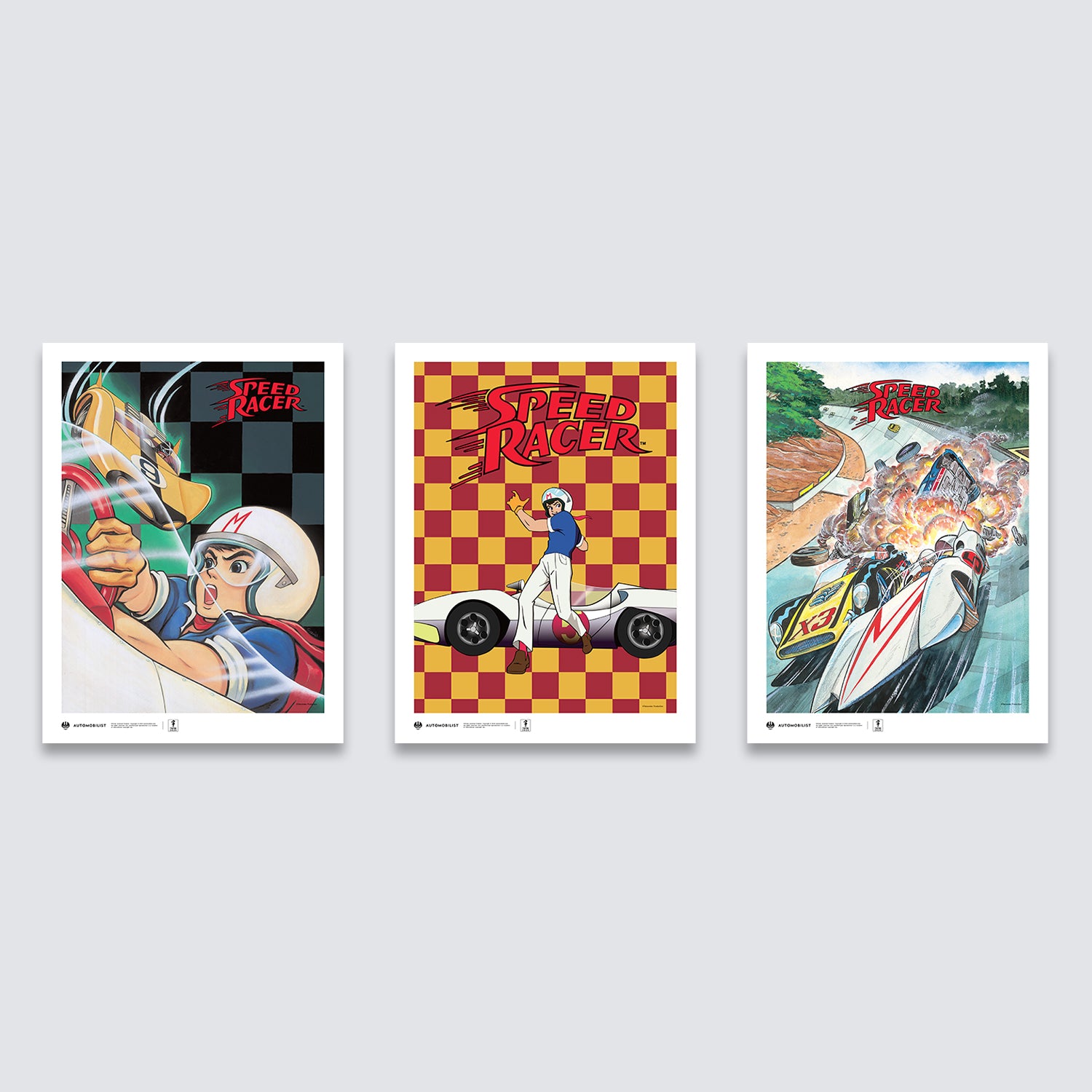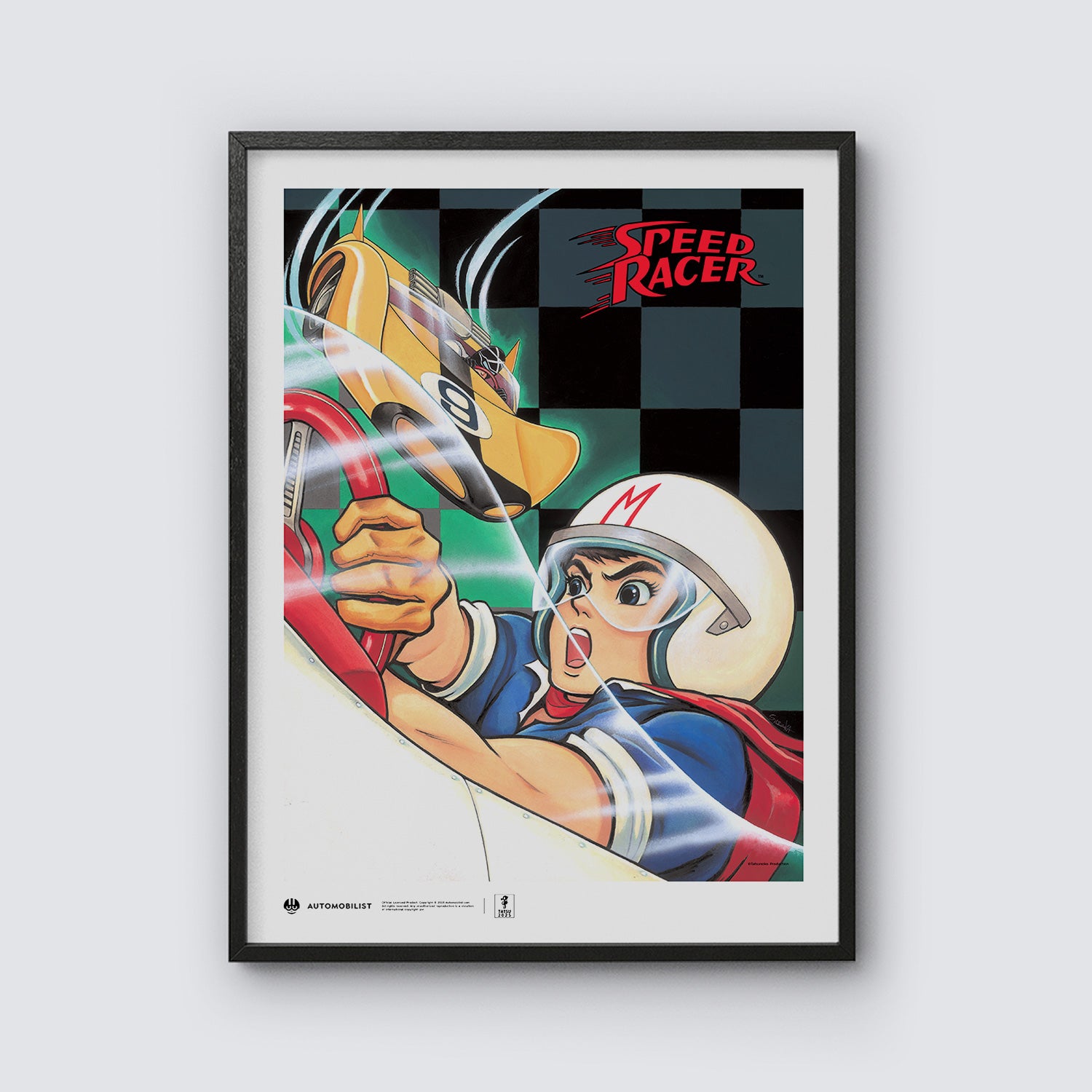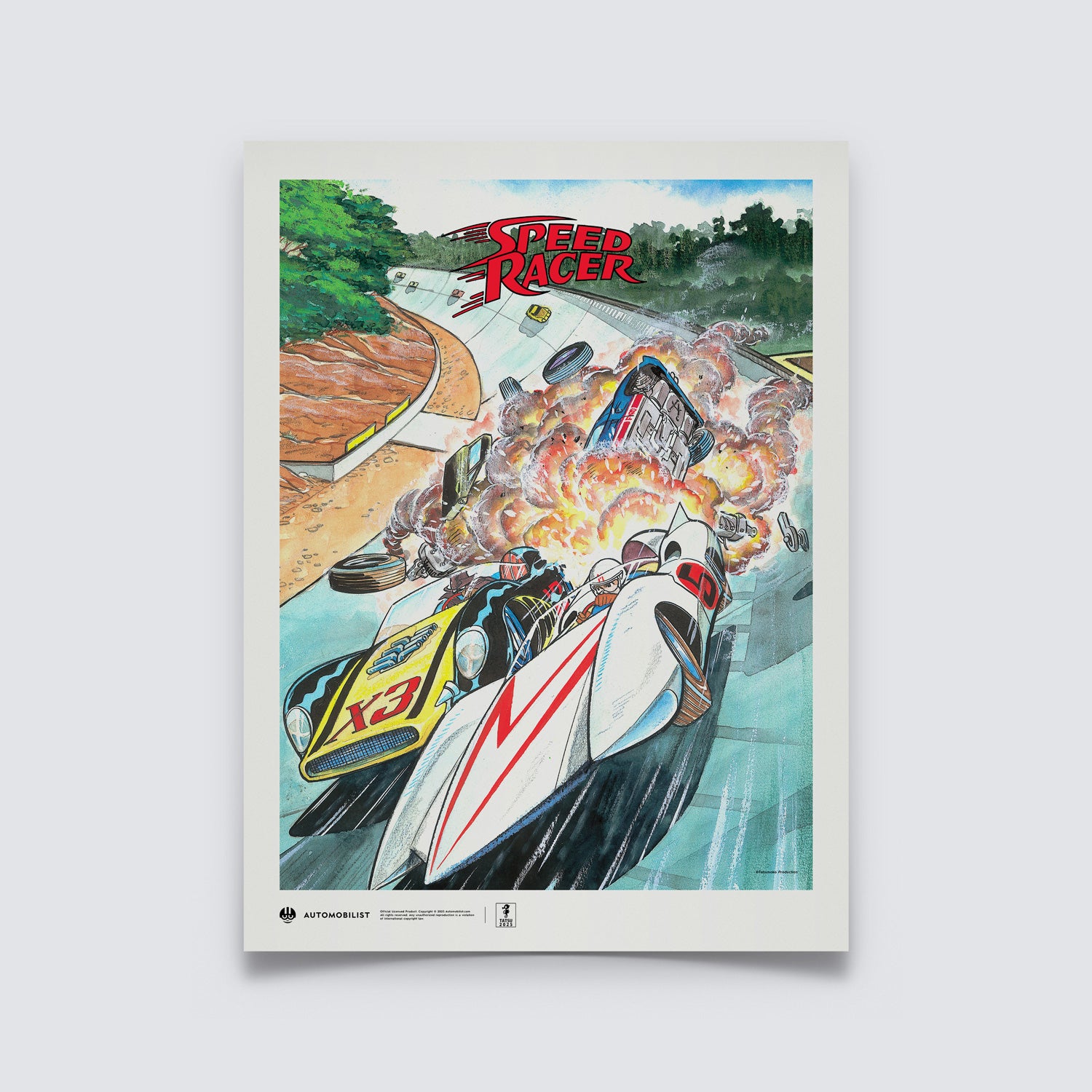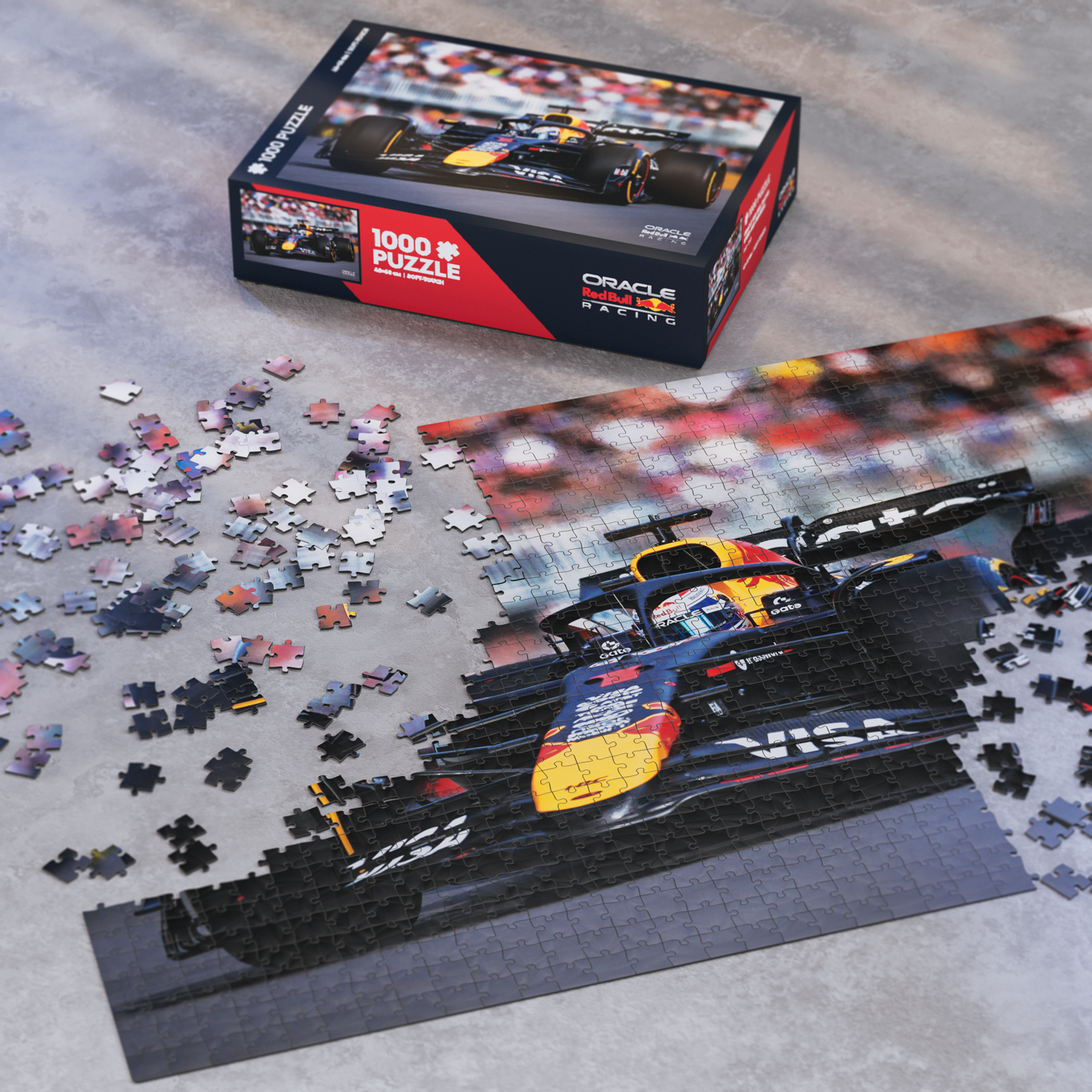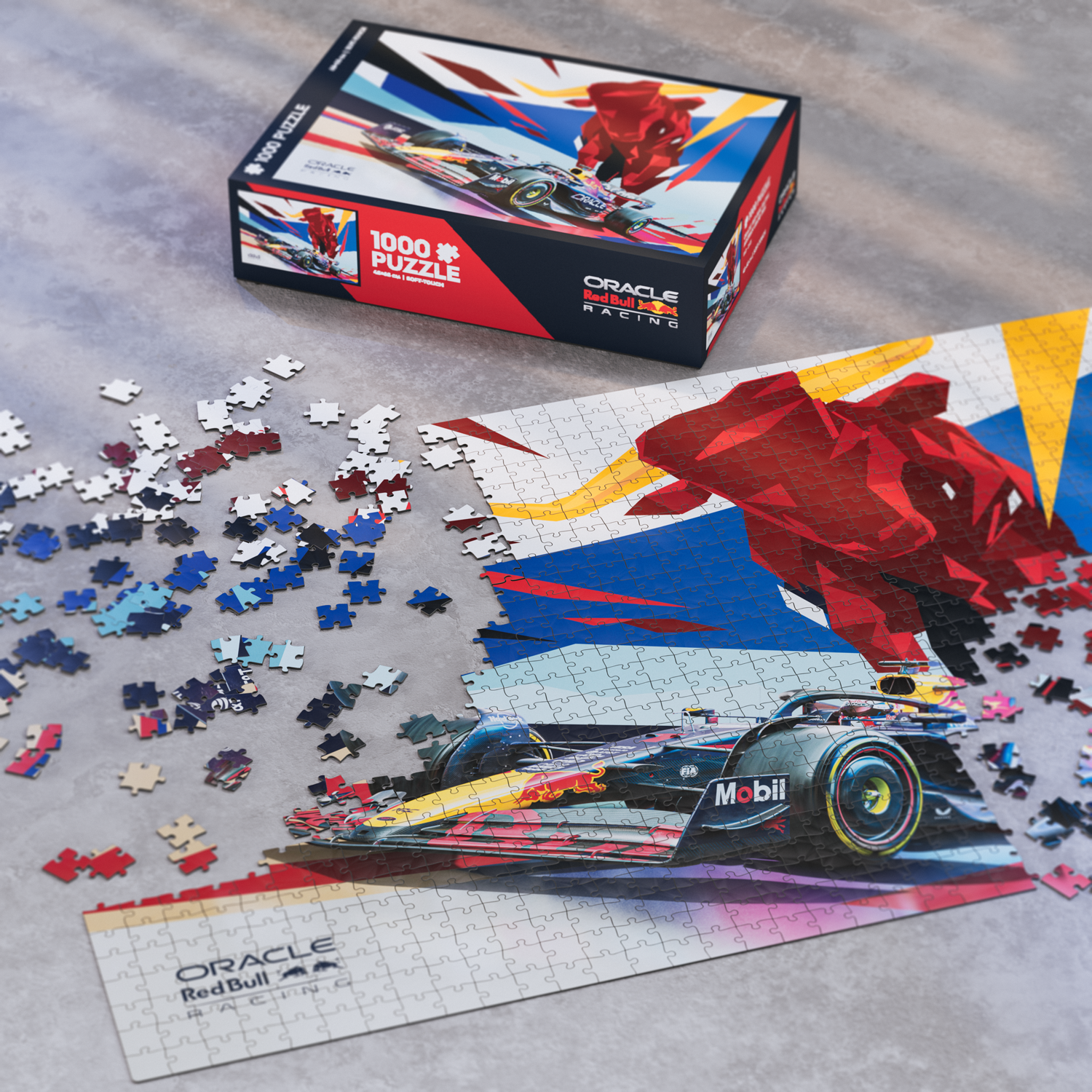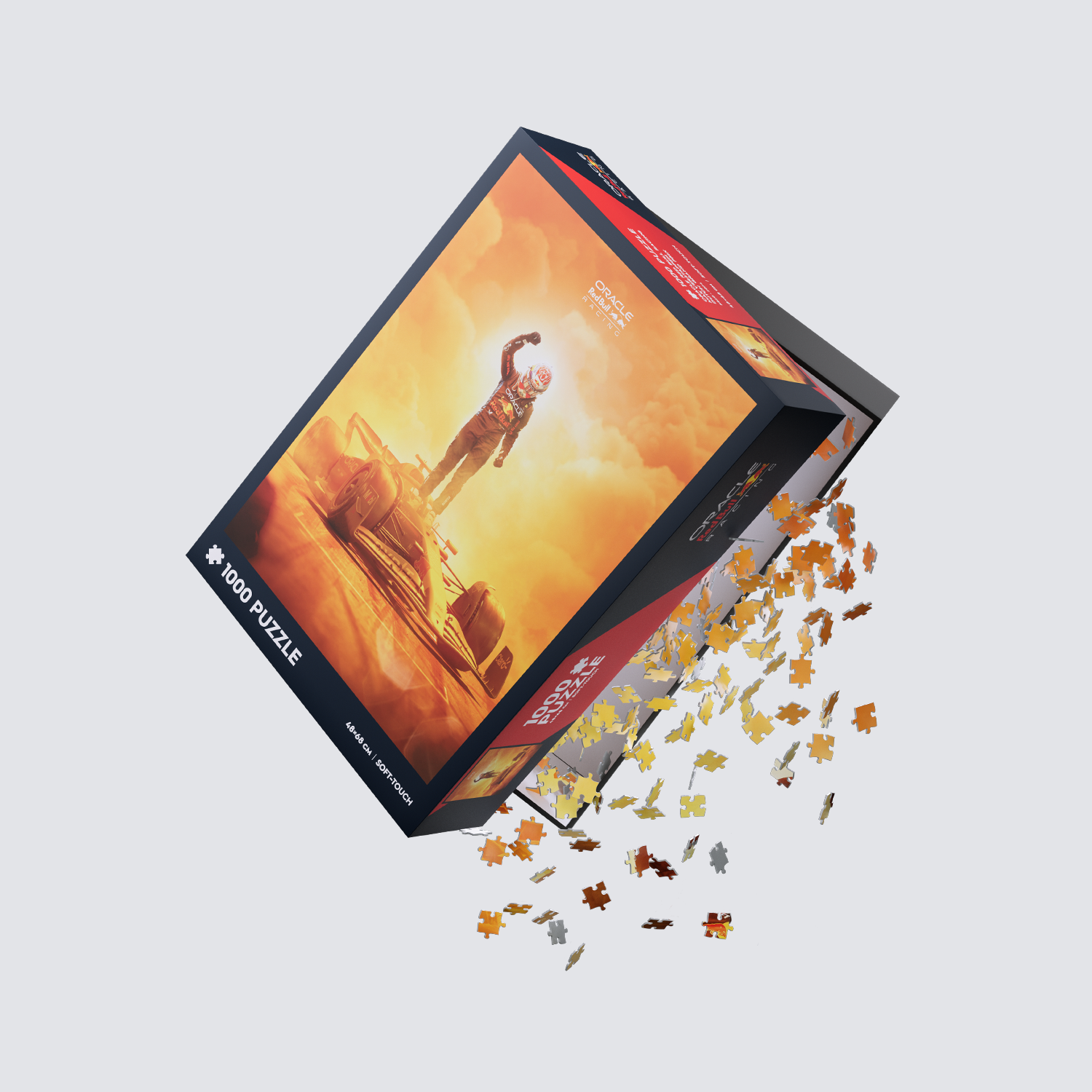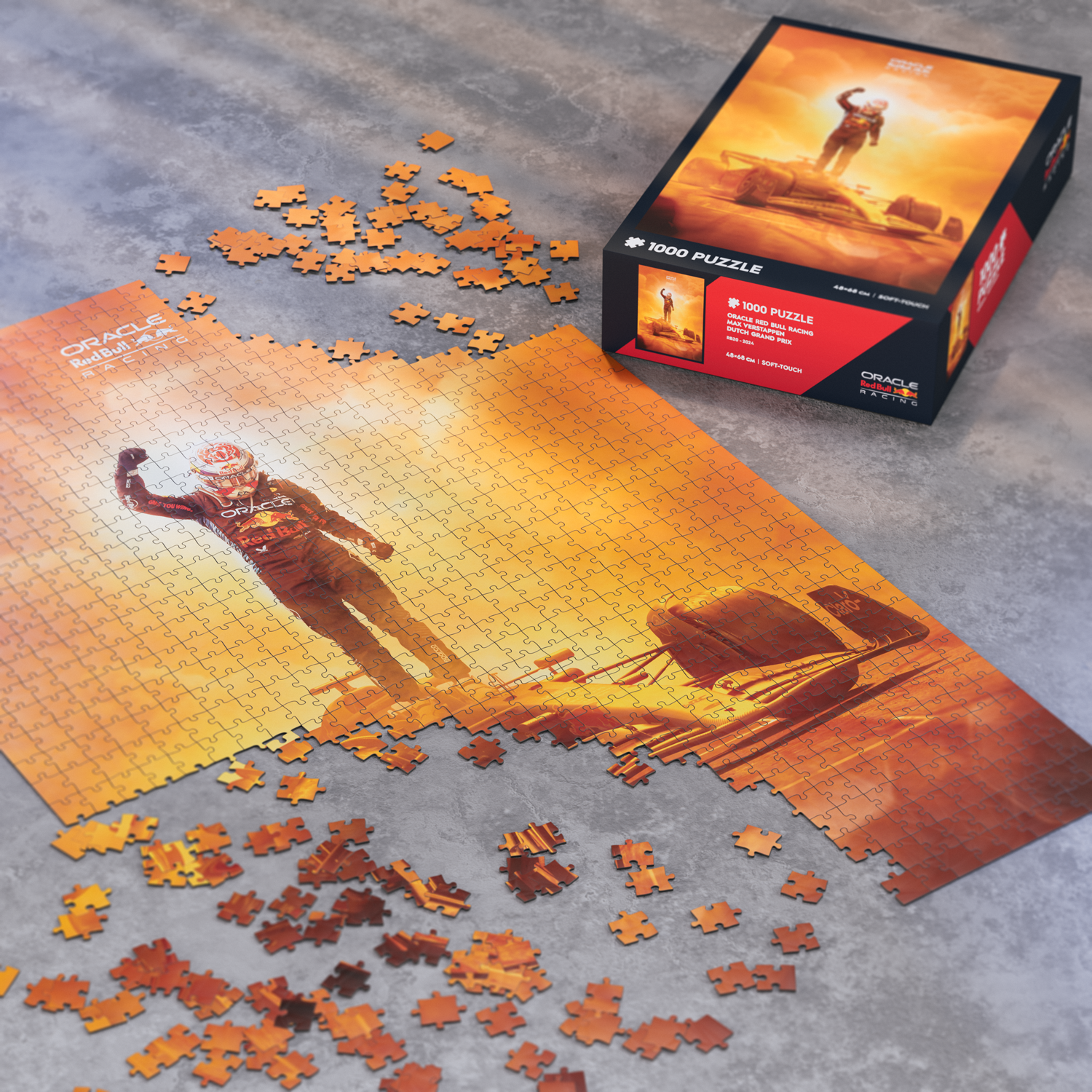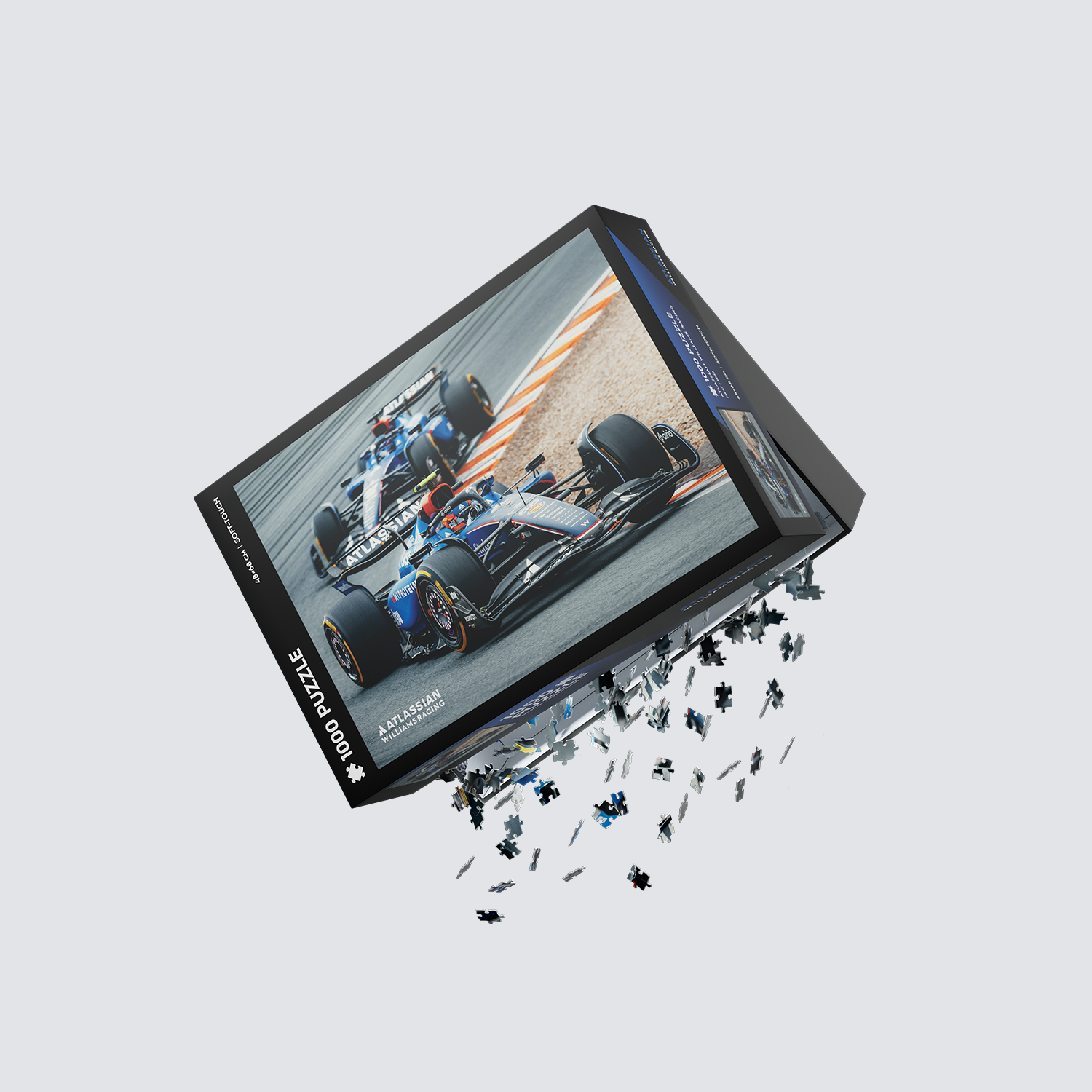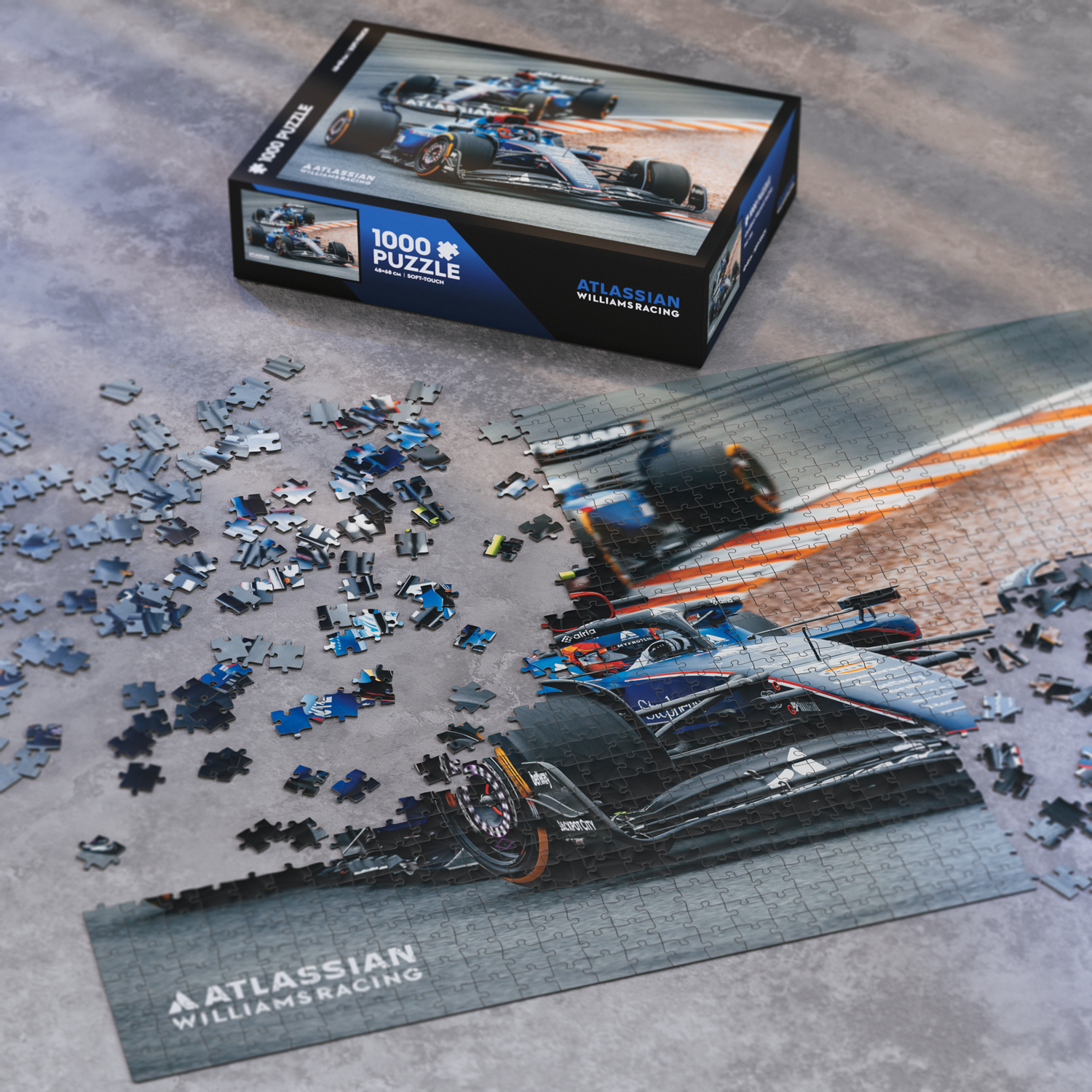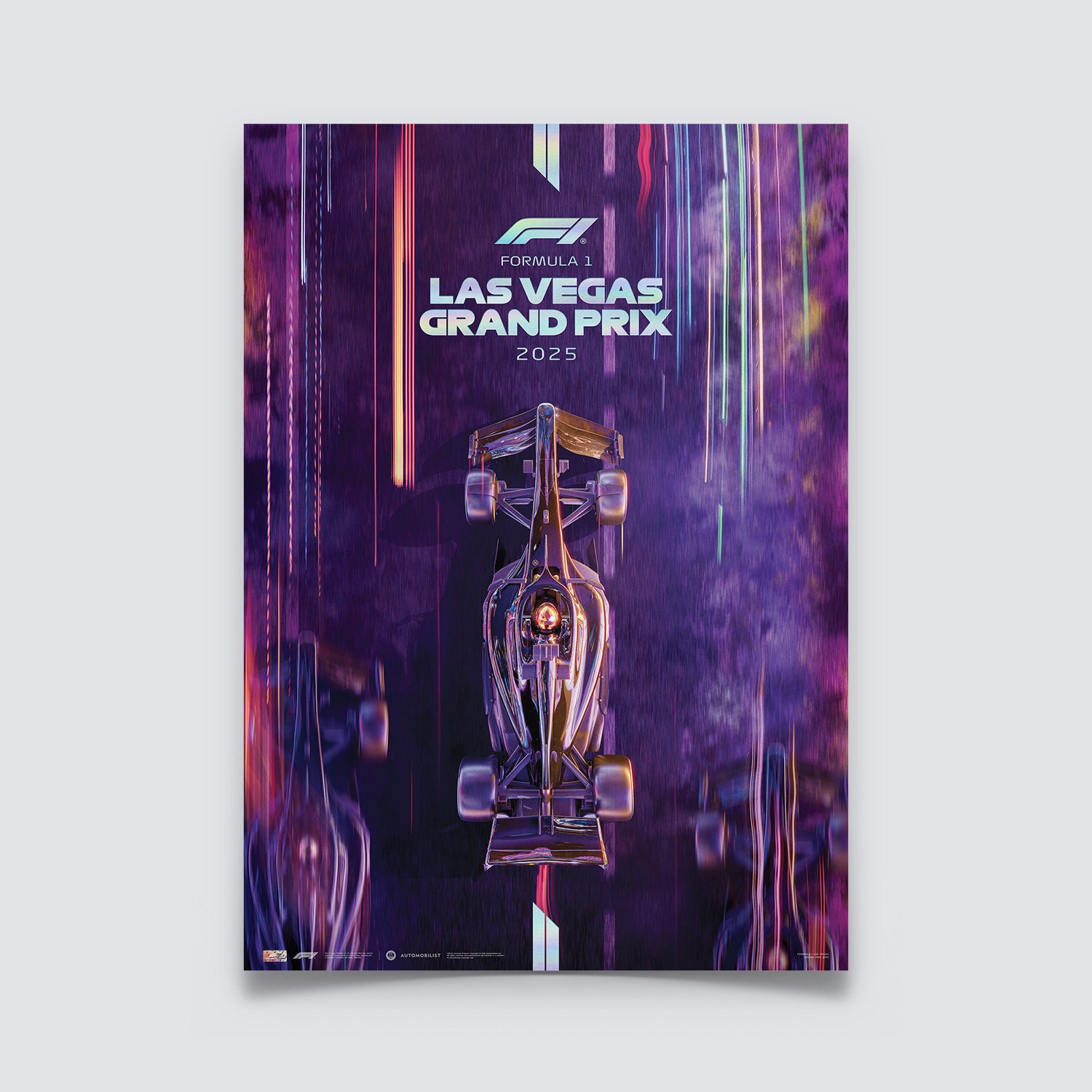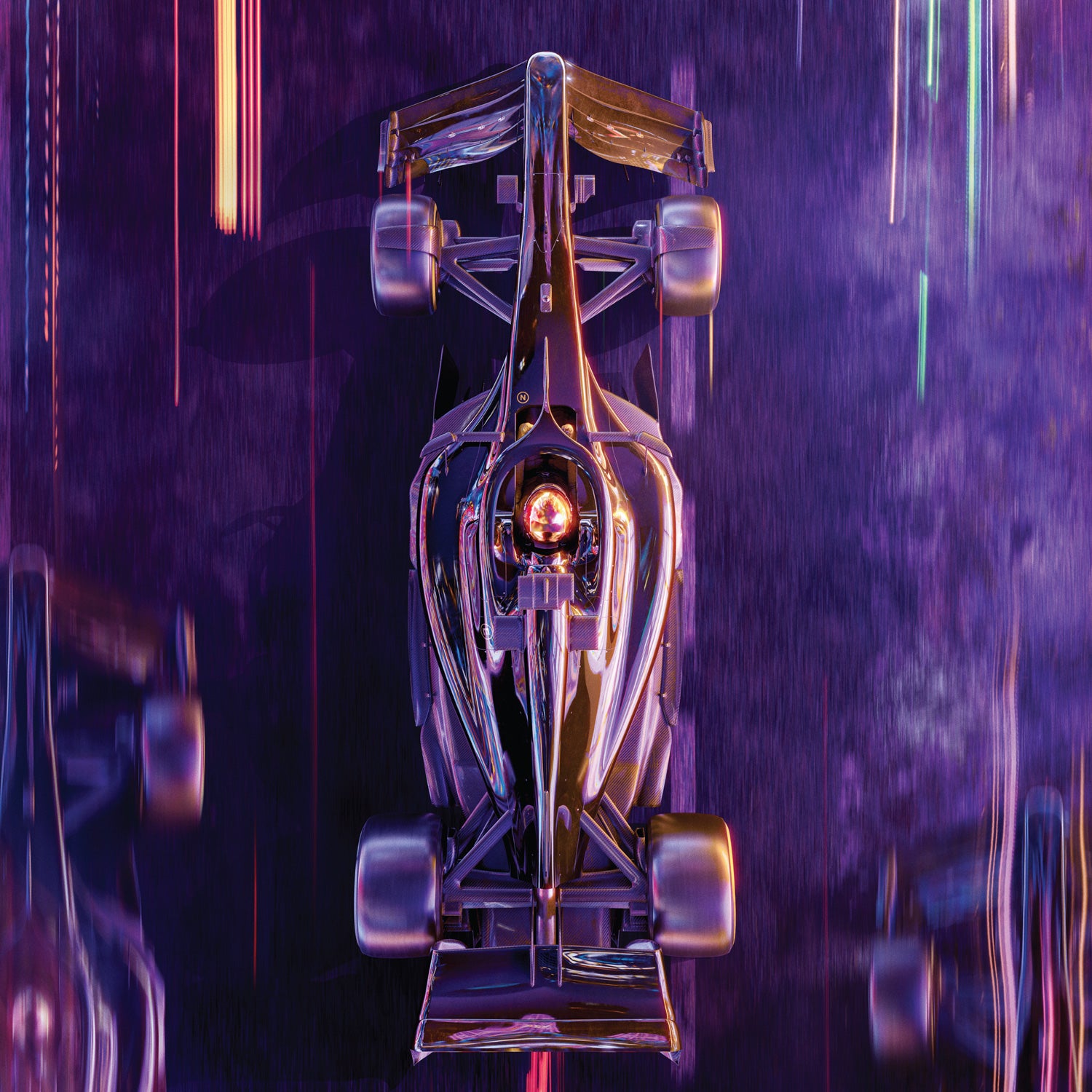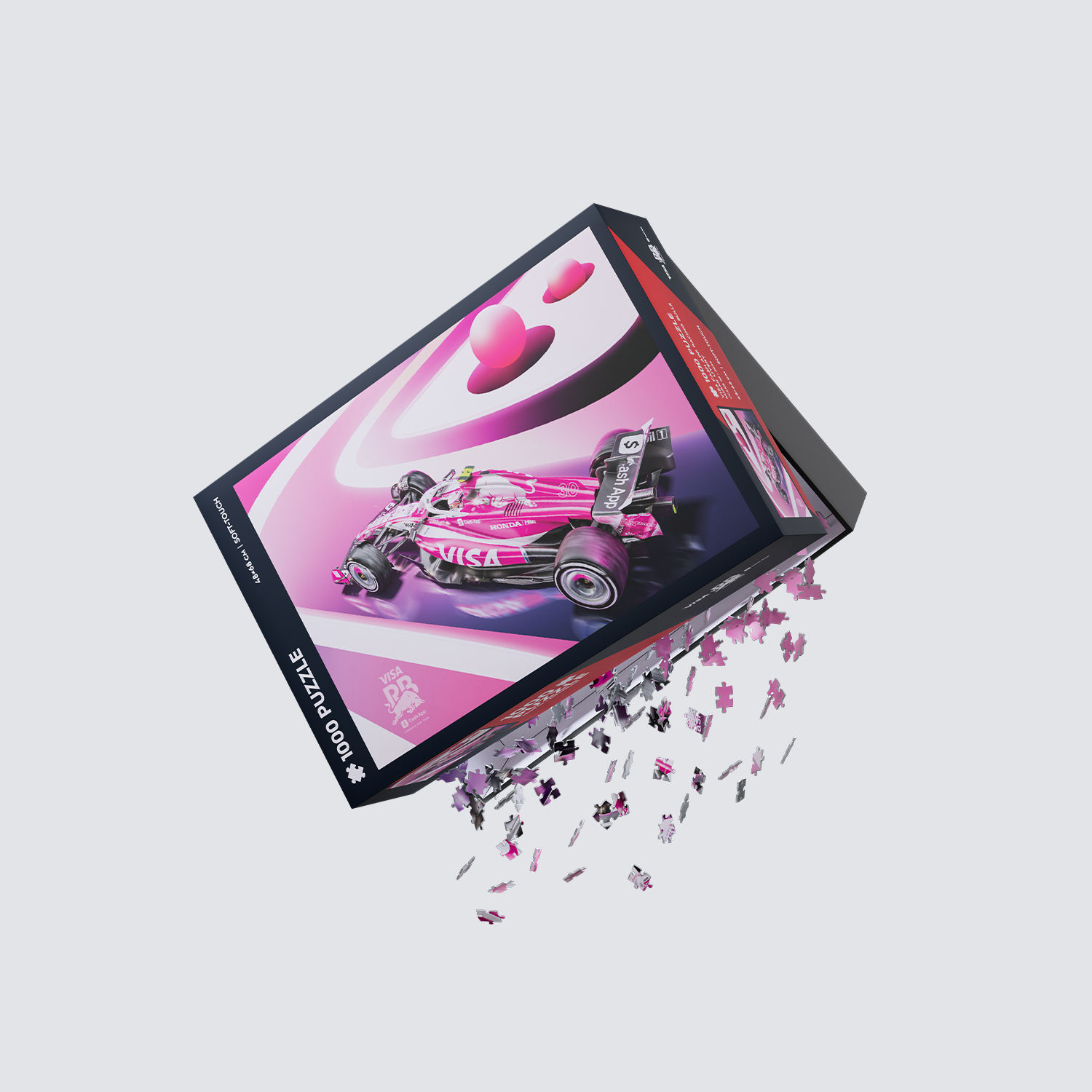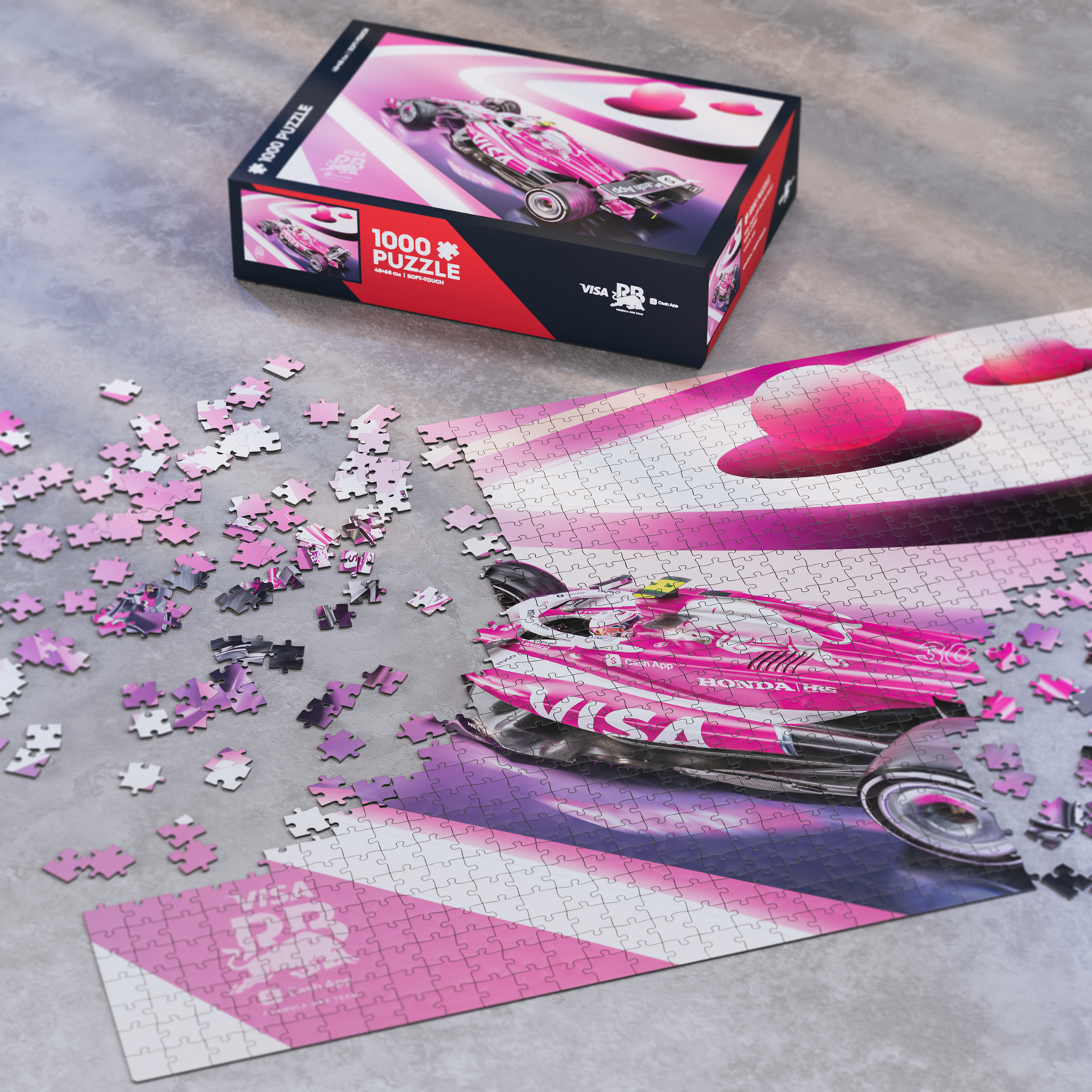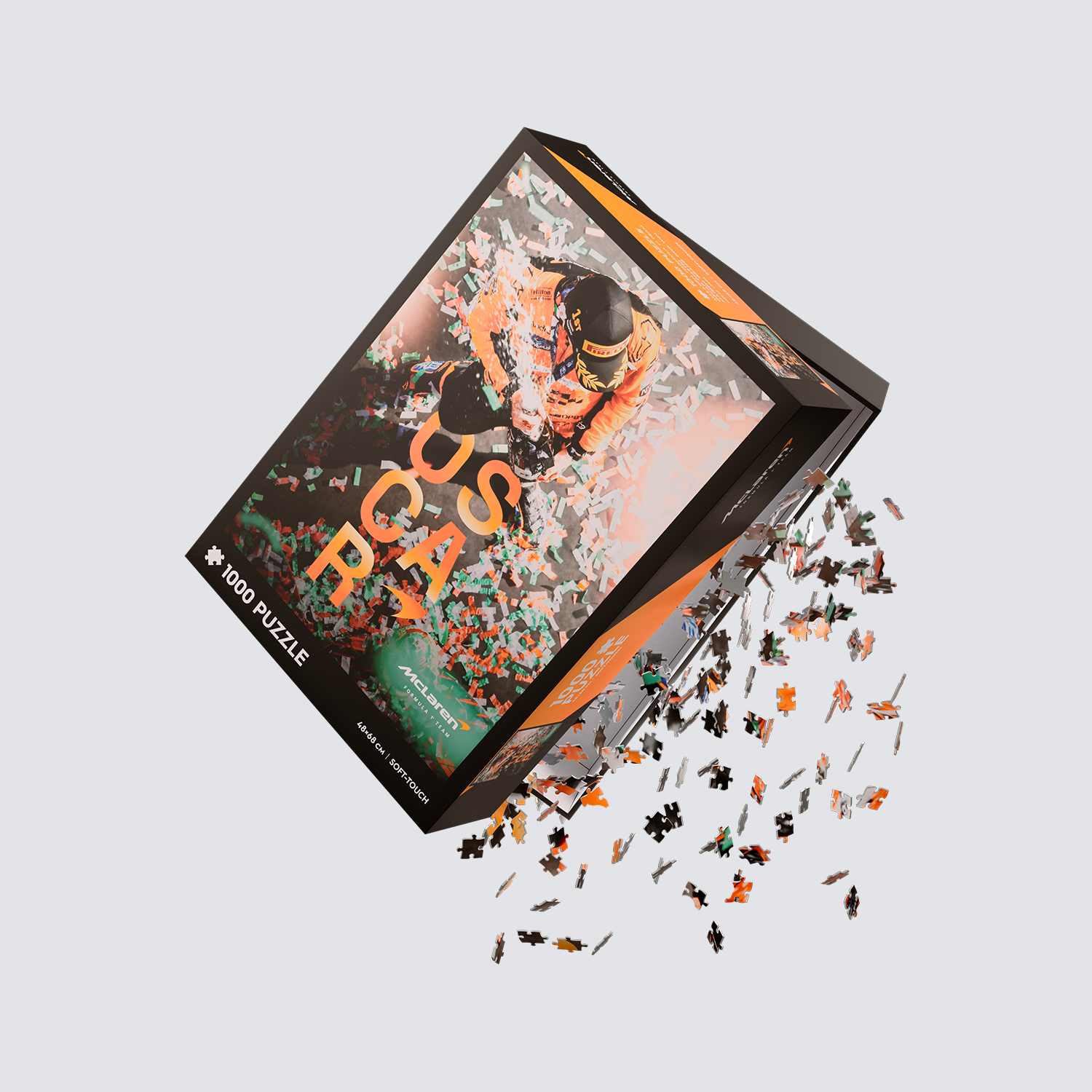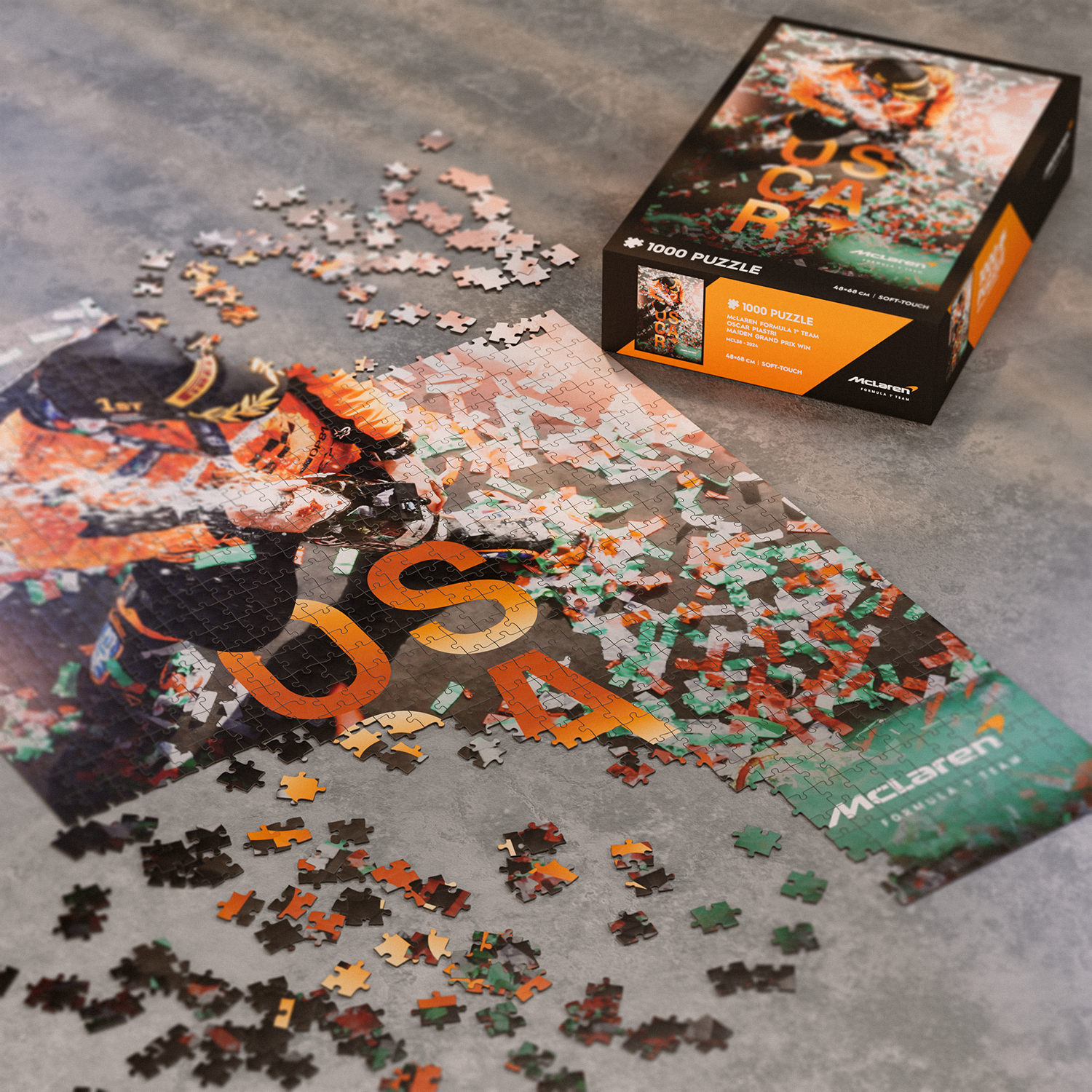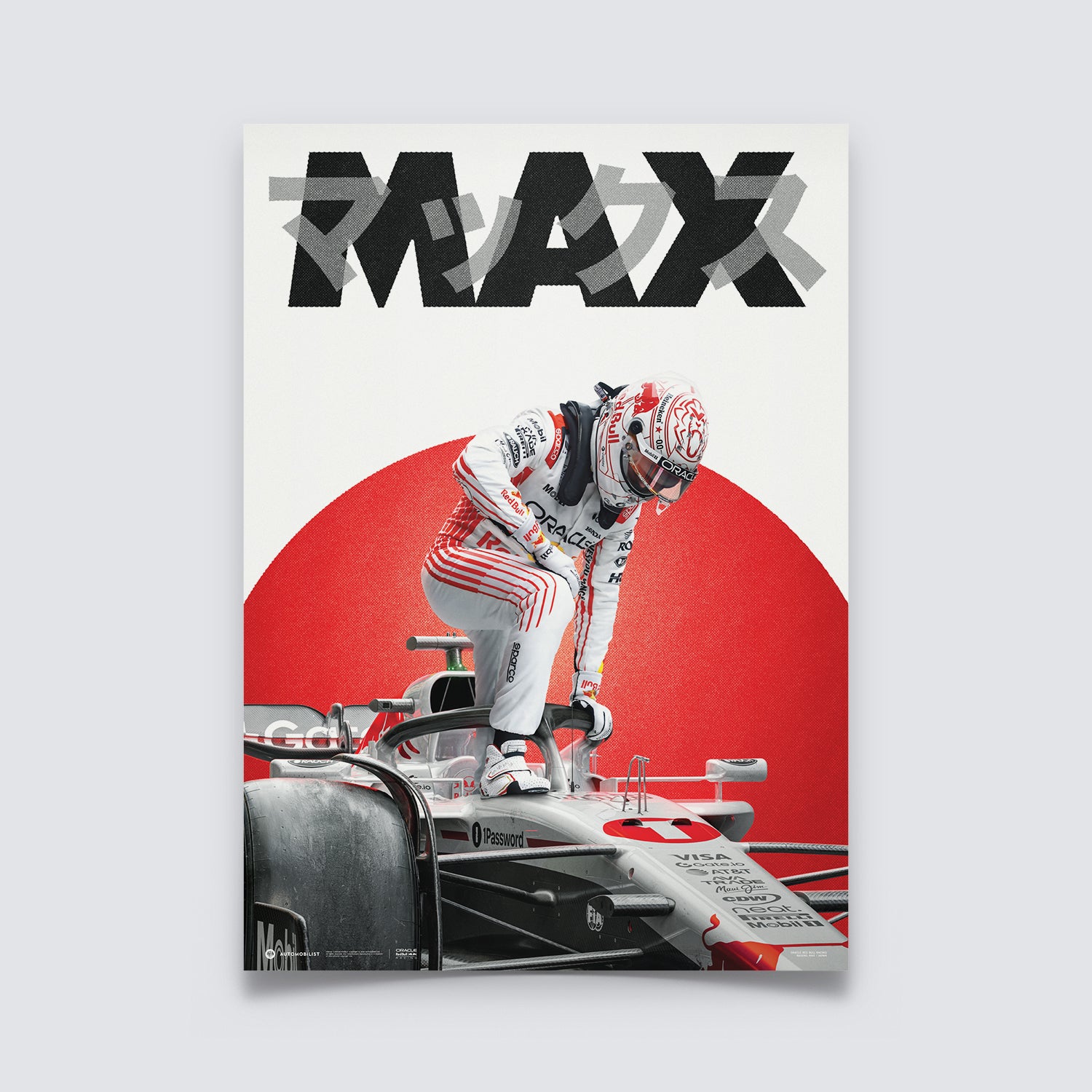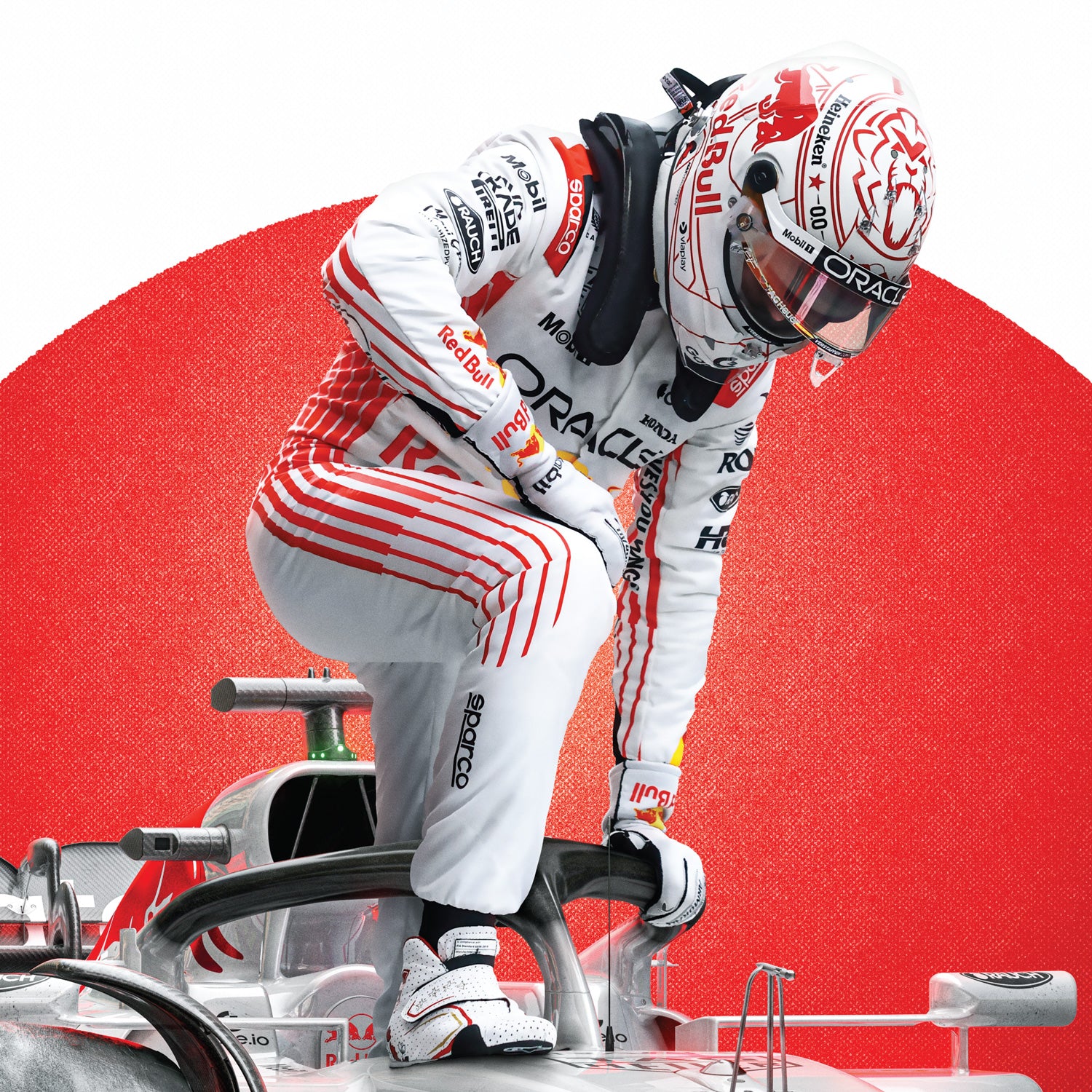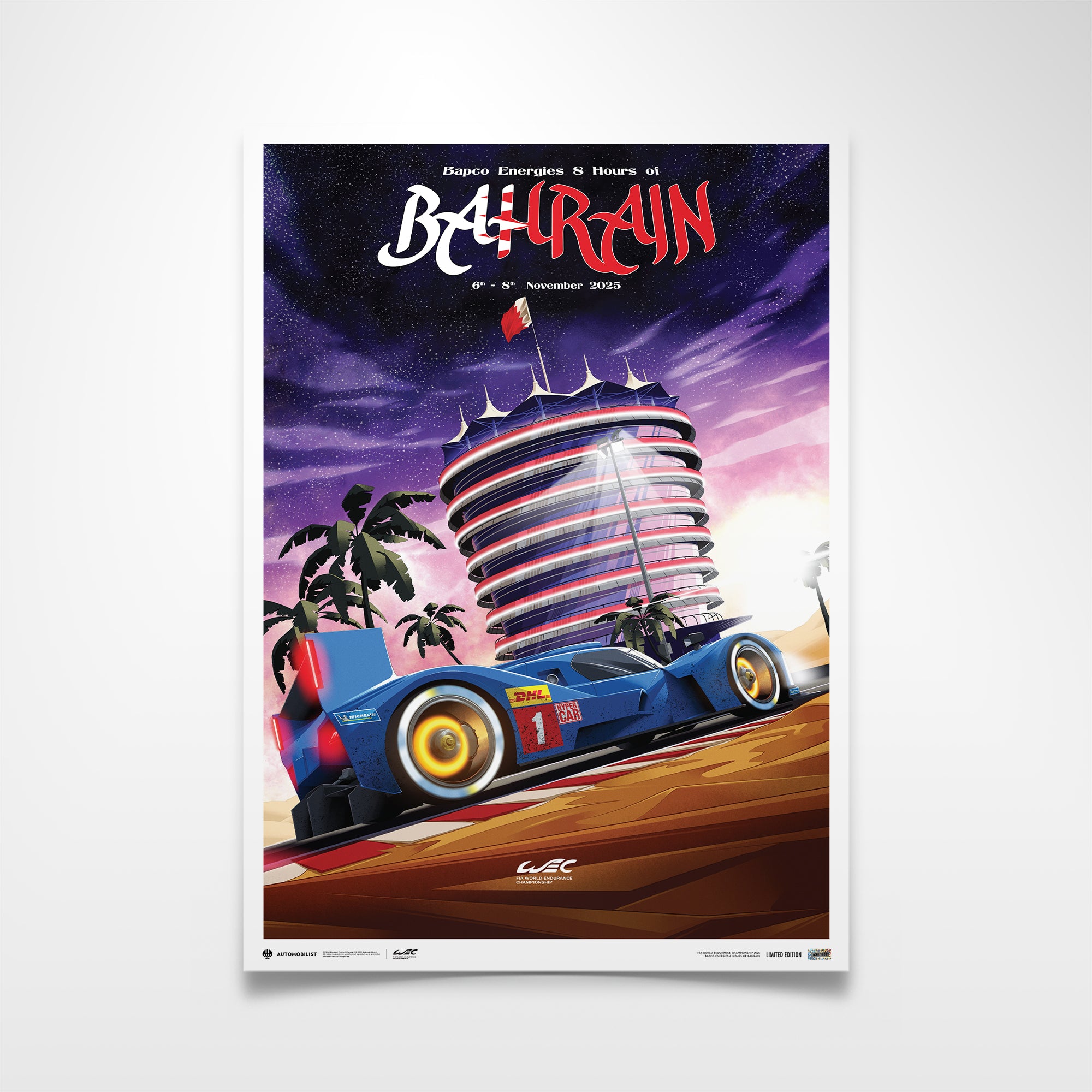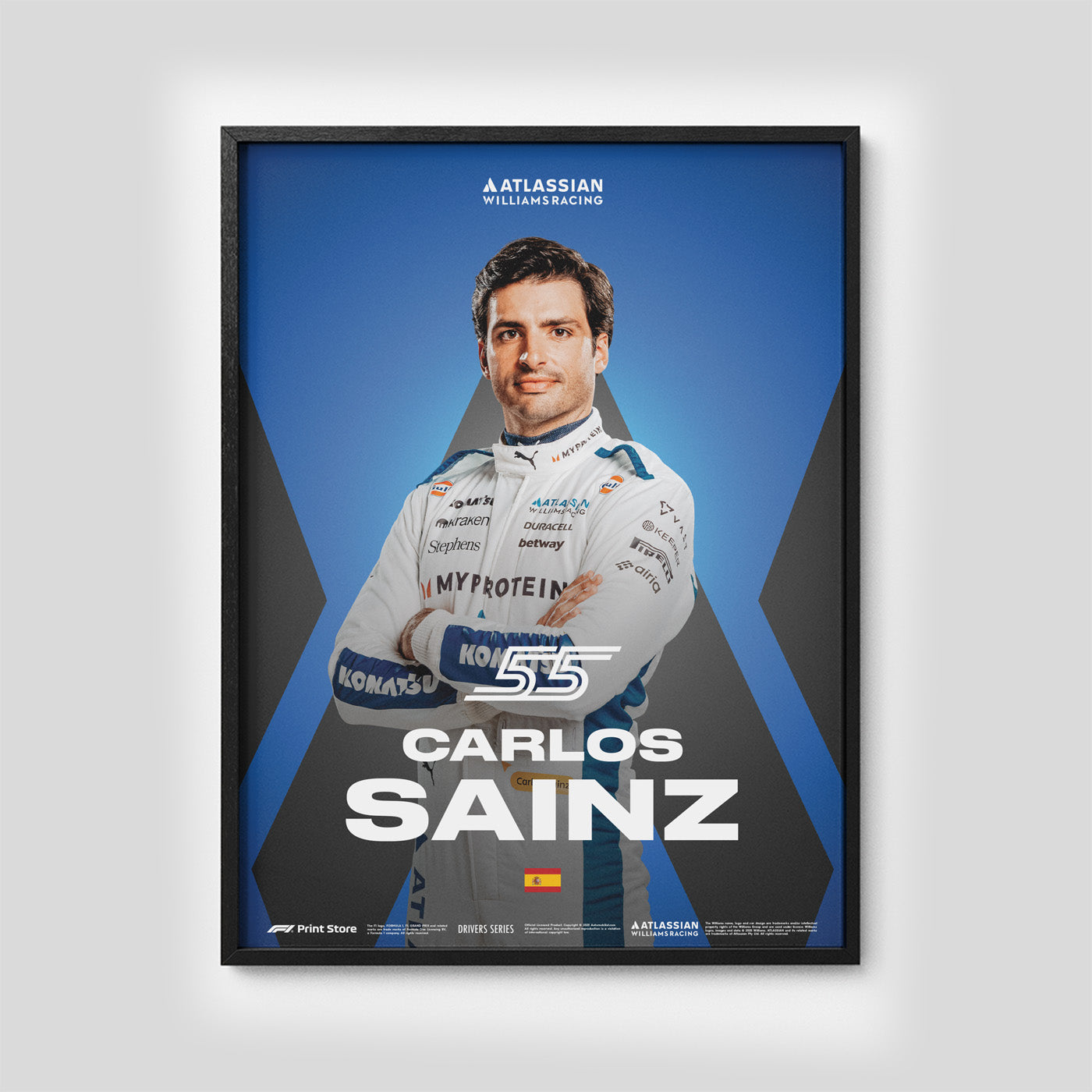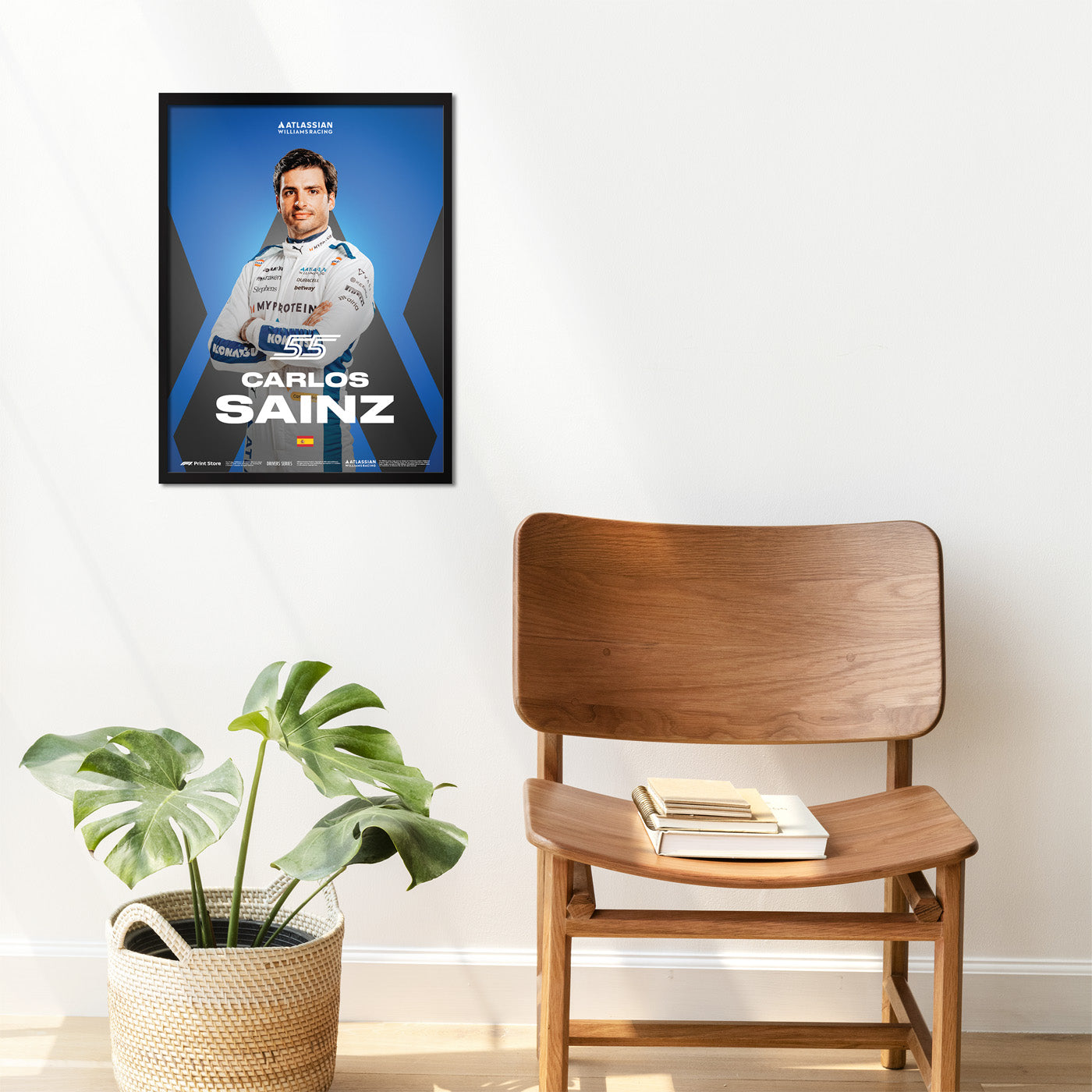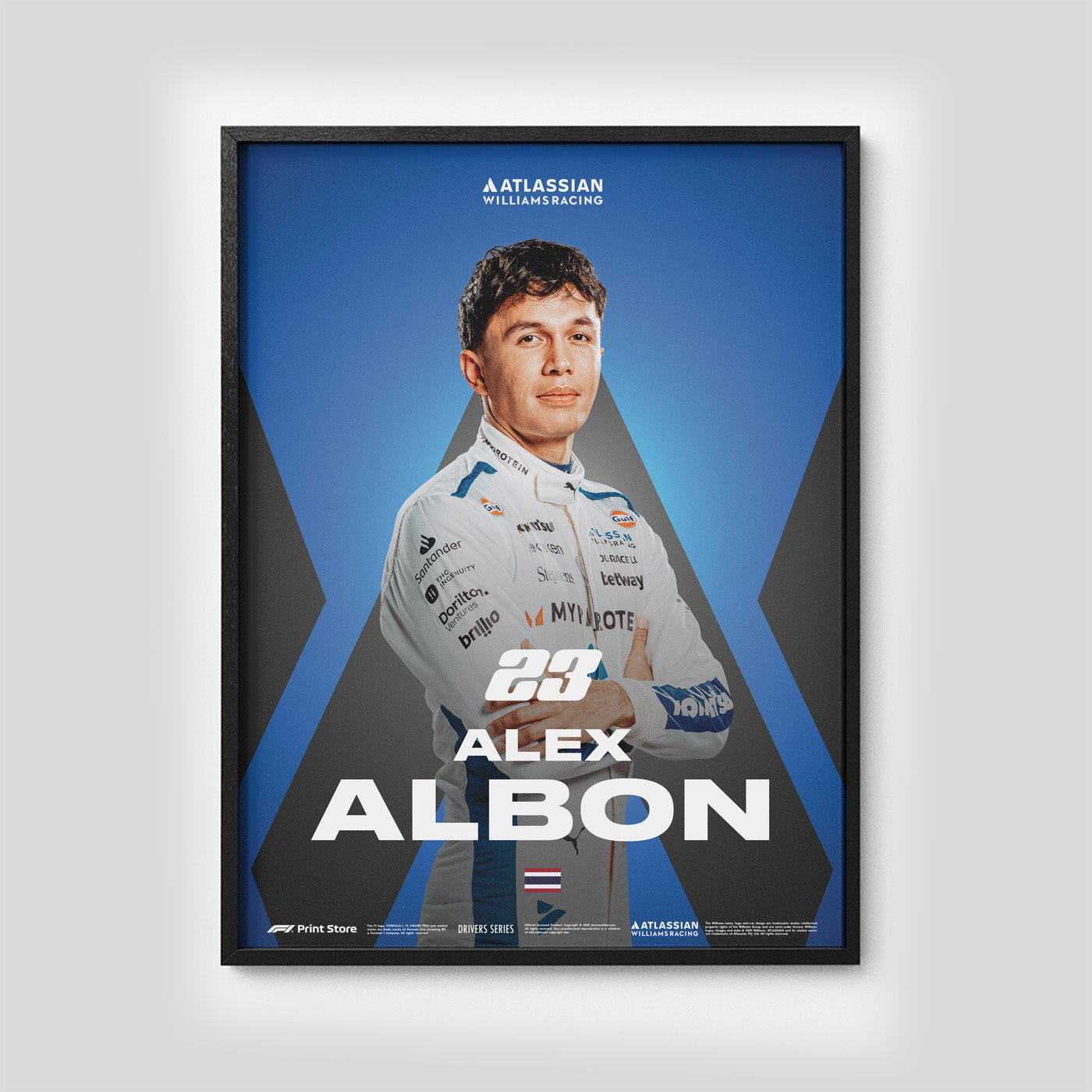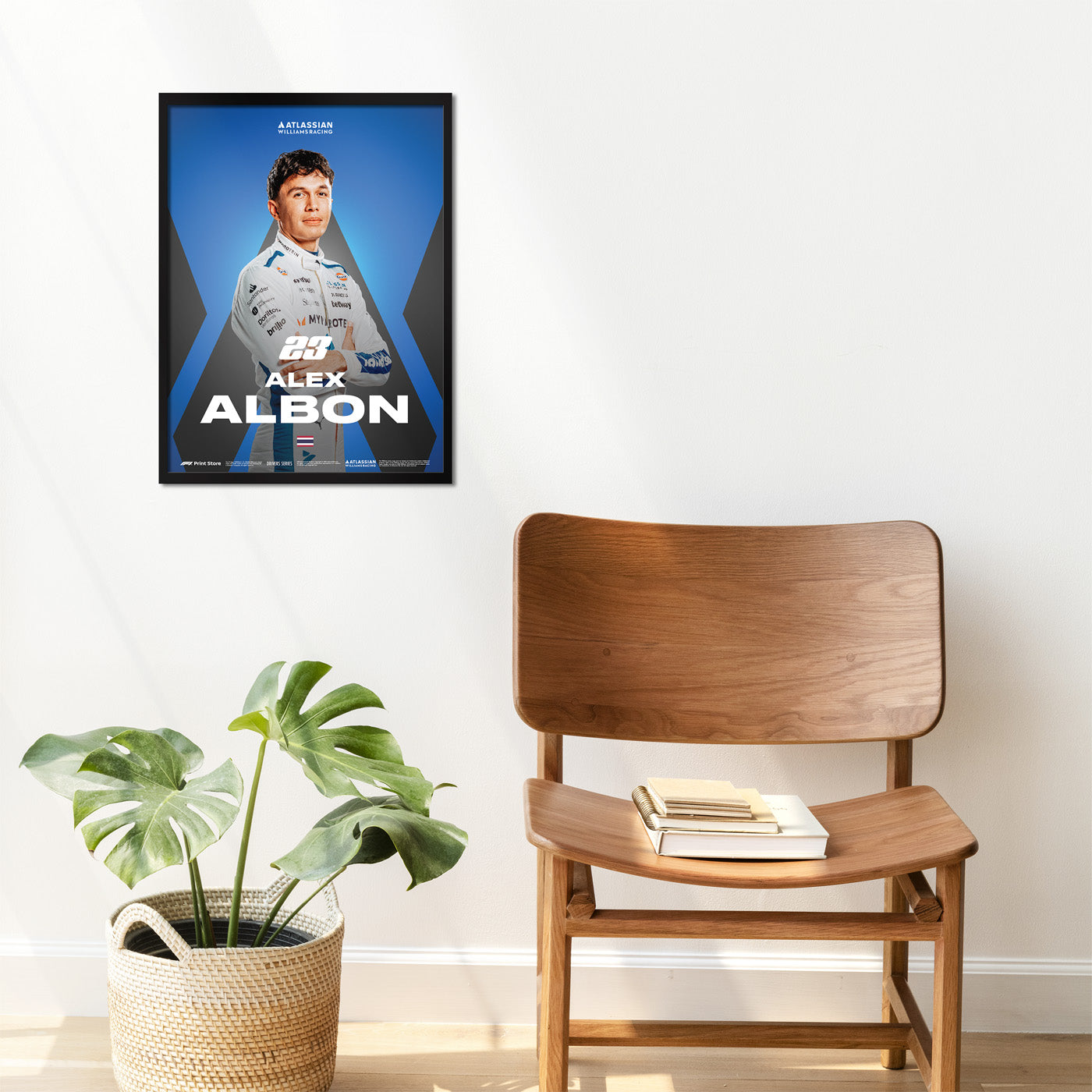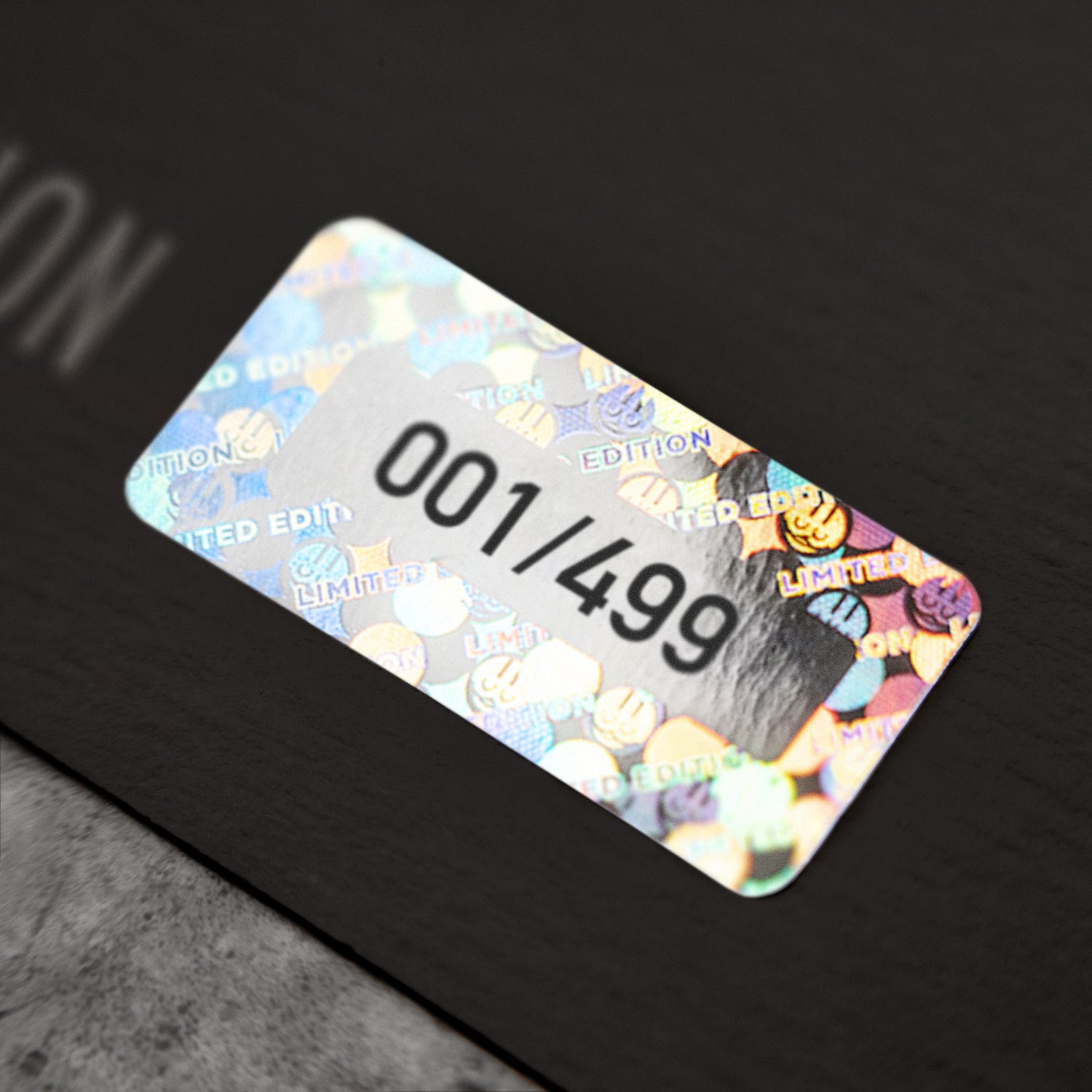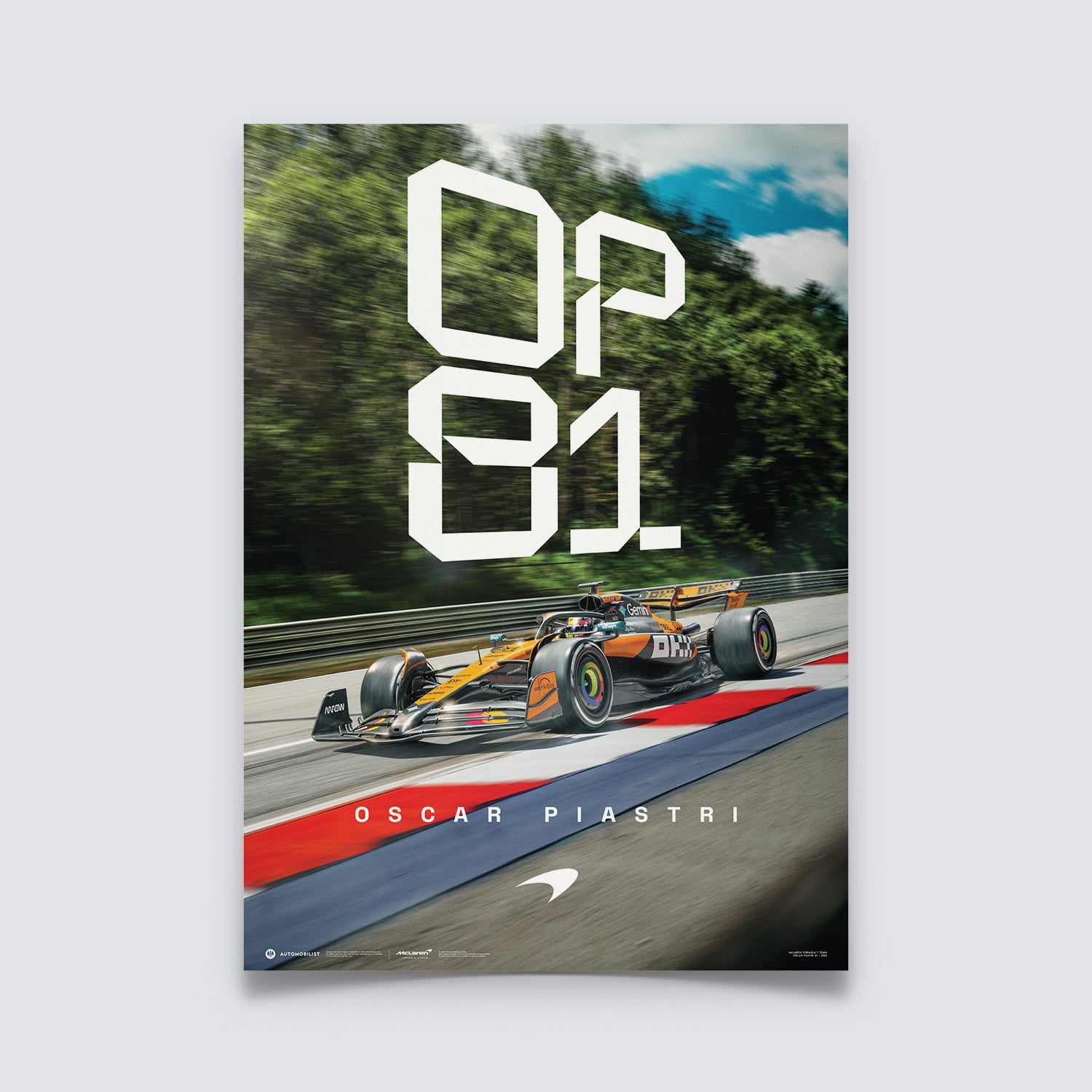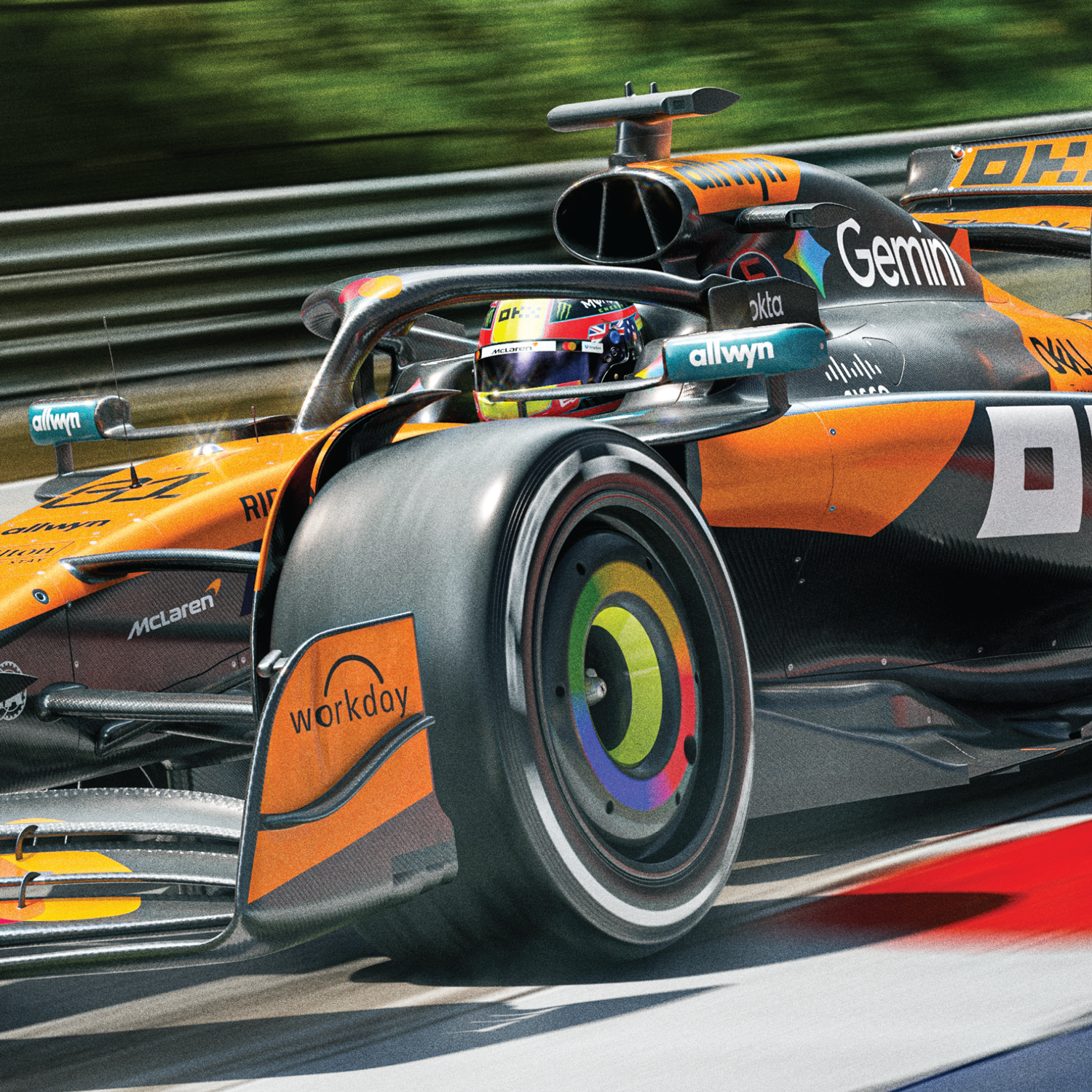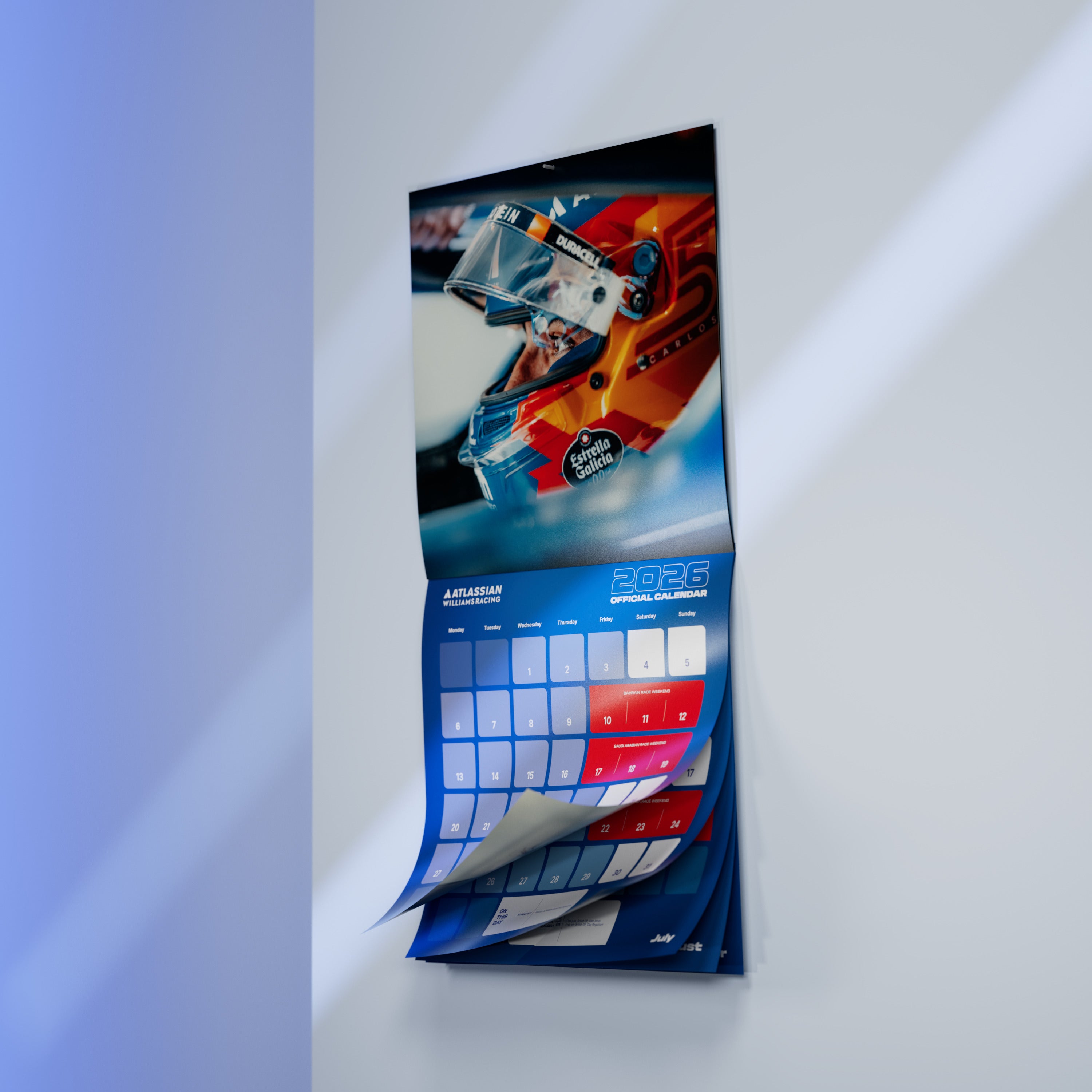24h Le Mans Centenary: 1983-1992 | Written by Richard Kelley
Few periods demonstrate Porsche’s intrinsic insight into how to win the 24 Hours of Le Mans better than 1986-87. Within 365 days, the Rothmans Porsche team went from being the ultimate hunter to the hunted.
And yet, due to their drivers’ exquisite racecraft and the dedication of every team member, Porsche claimed both victories at Le Sarthe.
Here is their story.
 Race winners Al Holbert / Derek Bell / Hans-Joachim Stuck, Porsche 962 C, make a pit stop during the 1986 24h Le Mans. Image Courtesy: Motorsport Images.
Race winners Al Holbert / Derek Bell / Hans-Joachim Stuck, Porsche 962 C, make a pit stop during the 1986 24h Le Mans. Image Courtesy: Motorsport Images.
At the 1986 Le Mans 24 Hour, Derek Bell had a date with destiny, becoming the most successful English driver ever to compete at Le Mans when he notched up his fourth victory on June 1, driving the Rothmans Porsche 962 C alongside Hans Stuck and Al Holbert. It was Porsche’s 11th victory since 1970.
Klaus Ludwig, Hans Stuck and Bob Wollek, each the co-leader of three powerful Porsche teams (Kremer, Rothman, Joest), quickly took command of the race after Derek Warwick’s Silk Cut Jaguar had held second place for three laps.
After making a cautious start, Stuck turned up the wick, establishing a new record of 3 min 23.70 sec as early as the seventh lap, going into the lead, and traded positions with Ludwig at the first refuelling stops.
Almost with certainty, the three Porsches, the class of the field, eased out a margin on the Jaguars which ran fourth, fifth and eighth at the one-hour mark.
 Al Holbert / Derek Bell / Hans-Joachim Stuck, Porsche 962 C, chasing the Brun Motorsport Porsche 956 at the 1986 24h Le Mans. Image Courtesy: Motorsport Images.
Al Holbert / Derek Bell / Hans-Joachim Stuck, Porsche 962 C, chasing the Brun Motorsport Porsche 956 at the 1986 24h Le Mans. Image Courtesy: Motorsport Images.
It was not all smooth sailing, as for the next 12 hours, the Bell, Stuck and Holbert Porsche duelled ferociously with the Joest Porsche 956 driven by Klaus Ludwig, Paolo Barilla and John Winter, exchanging the lead repeatedly.
Bell and Ludwig turned up the pace during the night, slipstreaming on the Mulsanne Straight with only a few seconds between them across the finishing line.
At the nine-hour bulletin, Bell led Ludwig by 0.4 sec. One hour later, the Englishman was 0.2 sec ahead, with both drivers complaining of stones, oil, and debris kicked up into their pursuer's windscreens.
Later, Bell would say that his screen was so covered in oil: “When they cleaned it at a pit stop, it was like having another pair of lights.”
Their gripping duel ended when Jo Gartner, the excellent Austrian ace, suffered a fatal crash in the Kremer brothers’ Kenwood-sponsored Porsche 962 C on the Mulsanne Straight.
During the two-hour pace car safety period for track repairs, Ludwig’s 956 went quietly into the pits and out of the race.
In the end, Bell, Stuck and Holbert took a resounding victory with nine laps in hand over the Silk Cut Jaguar and Larrauri’s Brun Porsche.
 Al Holbert / Derek Bell / Hans-Joachim Stuck, Porsche 962 C, celebrate on the podium after the 1986 24h Le Mans. Image Courtesy: Motorsport Images.
Al Holbert / Derek Bell / Hans-Joachim Stuck, Porsche 962 C, celebrate on the podium after the 1986 24h Le Mans. Image Courtesy: Motorsport Images.
A year later, the 1987 Le Mans 24 Hour promised a classic no-holds-barred fight to the finish, with the reworked Jaguar, rather than a weakened Porsche, arriving as the clear favourite.
In the first four races leading up to Le Mans, Jaguar had convincingly defeated the best efforts of the Weissach racing department. In the first event, at Jarama, the factory Rothmans Porsche 962 C of Derek Bell and Hans Stuck finished just 1.64 seconds behind John Watson/Jan Lammers in a Jaguar XJR-8.
Then, the bottom fell out.
Porsche struggled in the Jerez 1000 Kilometers, finishing three laps behind a privateer Kremer Porsche and the winning Jag. At Monza, the margin was two laps behind; at Silverstone, just one lap behind, but again, 3rd place.
As if Porsche didn’t need a more significant handicap after losing four of four, Hans Stuck destroyed the 962 C intended for Jochen Mass and Bob Wollek during testing the week before Le Mans. As a result, Derek Bell and Stuck would race Porsche’s reserve 962 C.
And that’s when Porsche proved that “one was enough”.
Just 62 minutes after the Le Mans start, the factory 962 C of Mass / Wollek / Schuppan dropped out with a holed piston. This left the Bell /Stuck as the solitary factory Porsche 962 C fighting against the three Jaguars, the remaining privateers, and any other team who might fight for the lead.
 Al Holbert / Derek Bell / Hans-Joachim Stuck, Porsche 962 C, at the 1987 24h Le Mans. Image Courtesy: Motorsport Images.
Al Holbert / Derek Bell / Hans-Joachim Stuck, Porsche 962 C, at the 1987 24h Le Mans. Image Courtesy: Motorsport Images.
As the race wore on, the UK-dominant fans roared to the spectacle of the three Jaguars applying maximum pressure on the works Porsche 962 C. At three hours, they were still nose-to-tail again, the Porsche leading by 0.9 sec, with all three Jags stringing along in tandem hours later as they burst into the night.
Porsche racing boss Peter Falk and crew chief Norbert Singer had a straightforward strategy: win or break. On the other hand, the Jaguars were playing it cool.
Everything changed at about 2:40 in the morning. Win Percy’s No.5 Jaguar had a rear tire explode on the Hunaudieres straight. The car took flight, landing on track 400 yards away. The course went green two hours later, and it all started to go wrong for Jaguar.
First, Nielsen reported the Jag had a front-end vibration. By 7:54, it was out. Meanwhile, Cheever in No.4 had a hole in his gearbox case. The Jaguar fell to 5th, 30 laps down, where it stayed until the finish.
 Al Holbert / Derek Bell / Hans-Joachim Stuck, Porsche 962 C, in the lead at the 1987 24h Le Mans. Image Courtesy: Motorsport Images.
Al Holbert / Derek Bell / Hans-Joachim Stuck, Porsche 962 C, in the lead at the 1987 24h Le Mans. Image Courtesy: Motorsport Images.
In the end, the works Porsche proved that one 962 C was enough, coasting home 20 laps in the lead. Later, Derek Bell was asked when he knew they could win Le Mans. His answer: “Wearing them down in the corners and drafting passed them at the end of the Mulsanne each lap until they broke.”
Follow the link below to read more stories from the 100 years of 24h Le Mans and discover our celebratory poster collection created in cooperation with the Automobile Club de l'Ouest.

